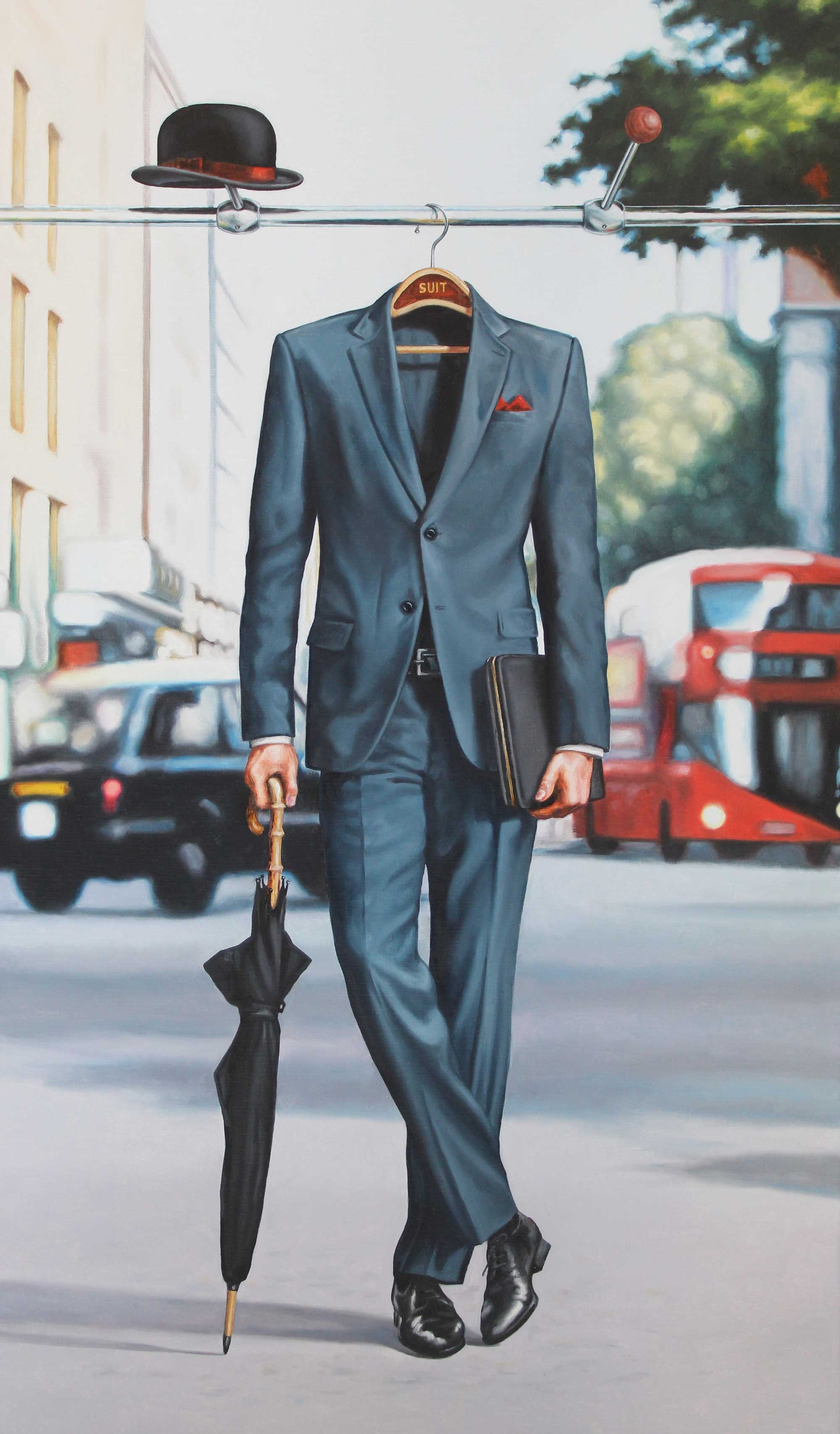Subscribe To Our Newsletter
Stay Updated
[forms ID=2]


N.Y.C. LEGEND
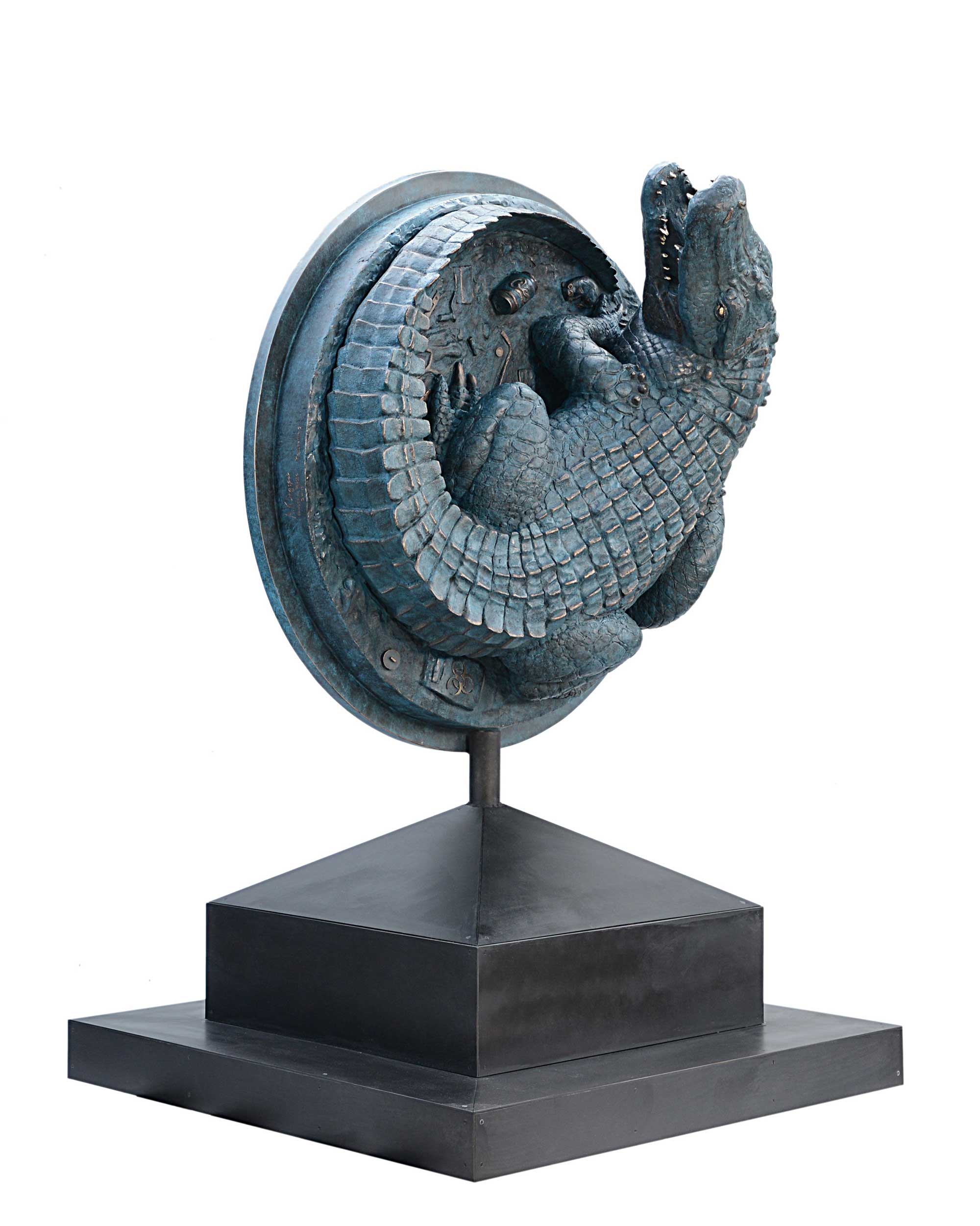
N.Y.C. LEGEND
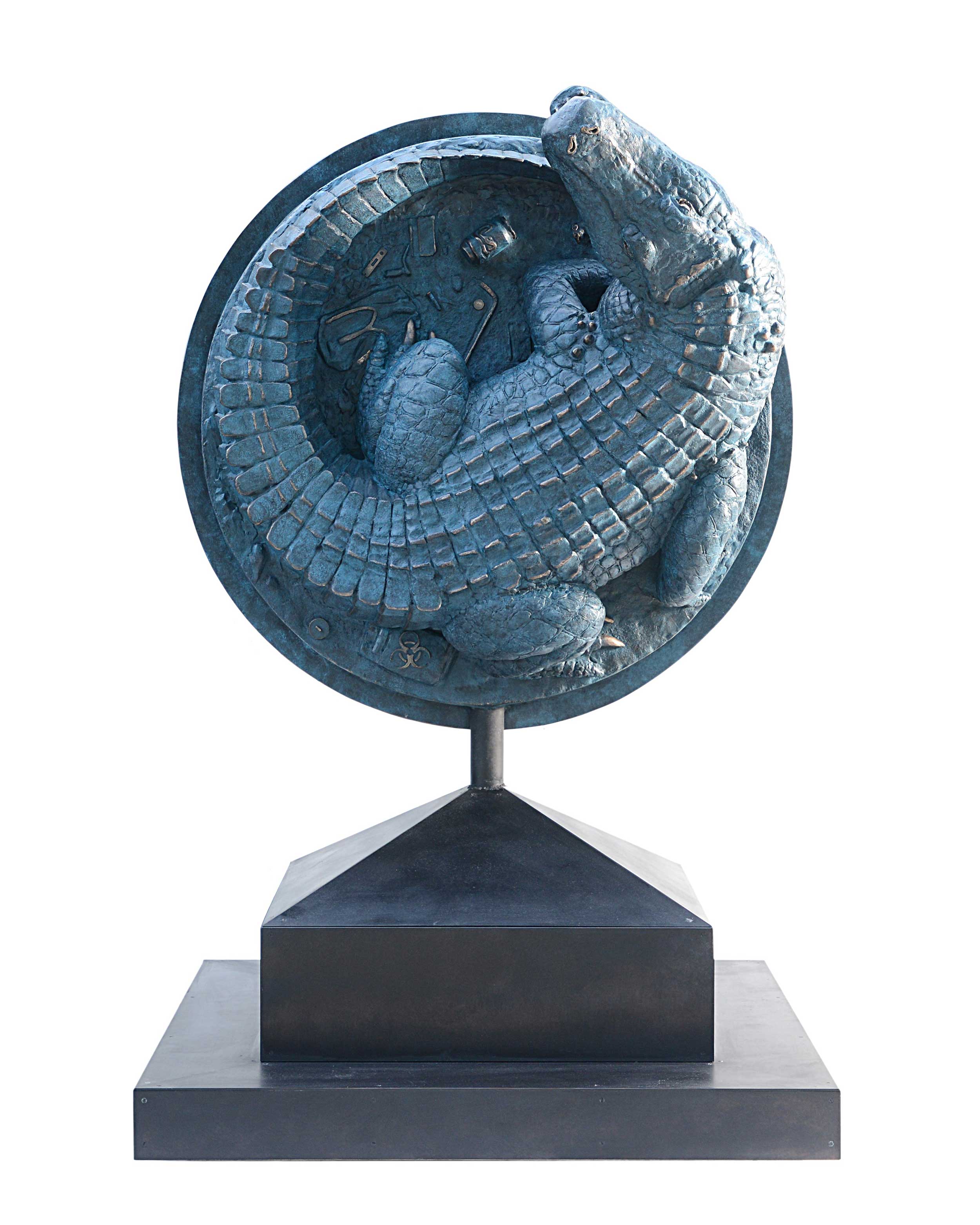
”Oda a Joan Miró"
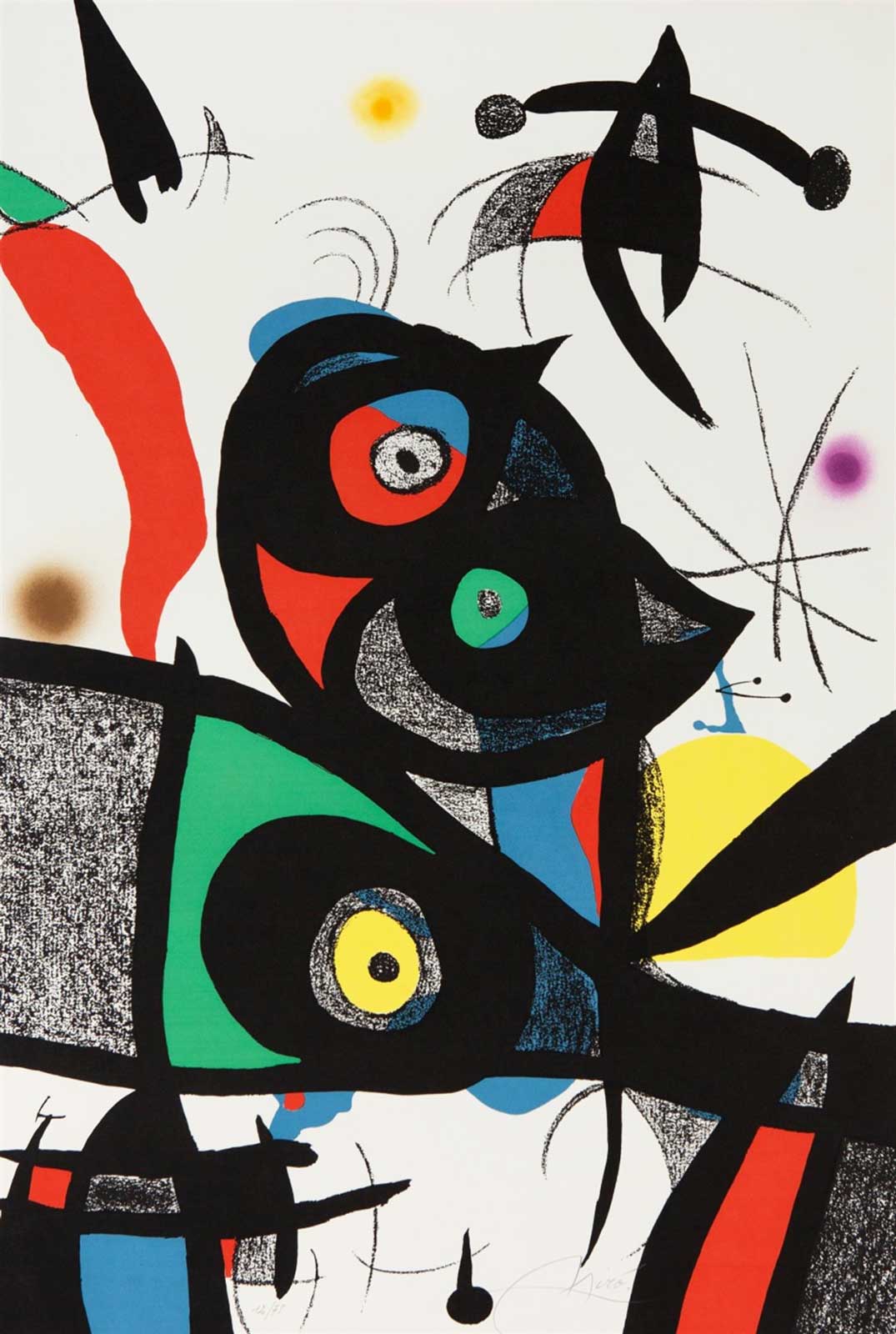
”Le Soleil Ébouillanté"
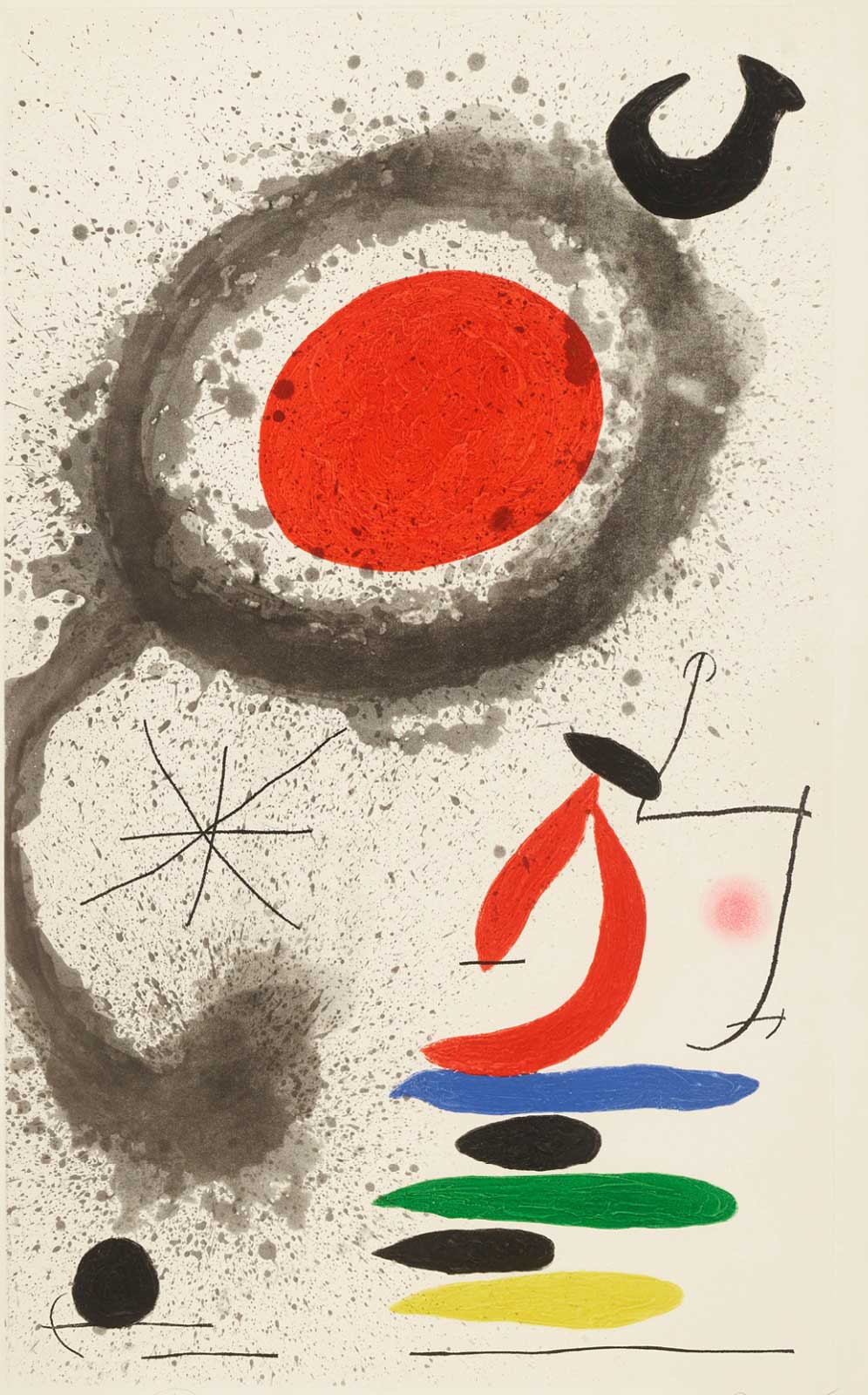
”The Invention"
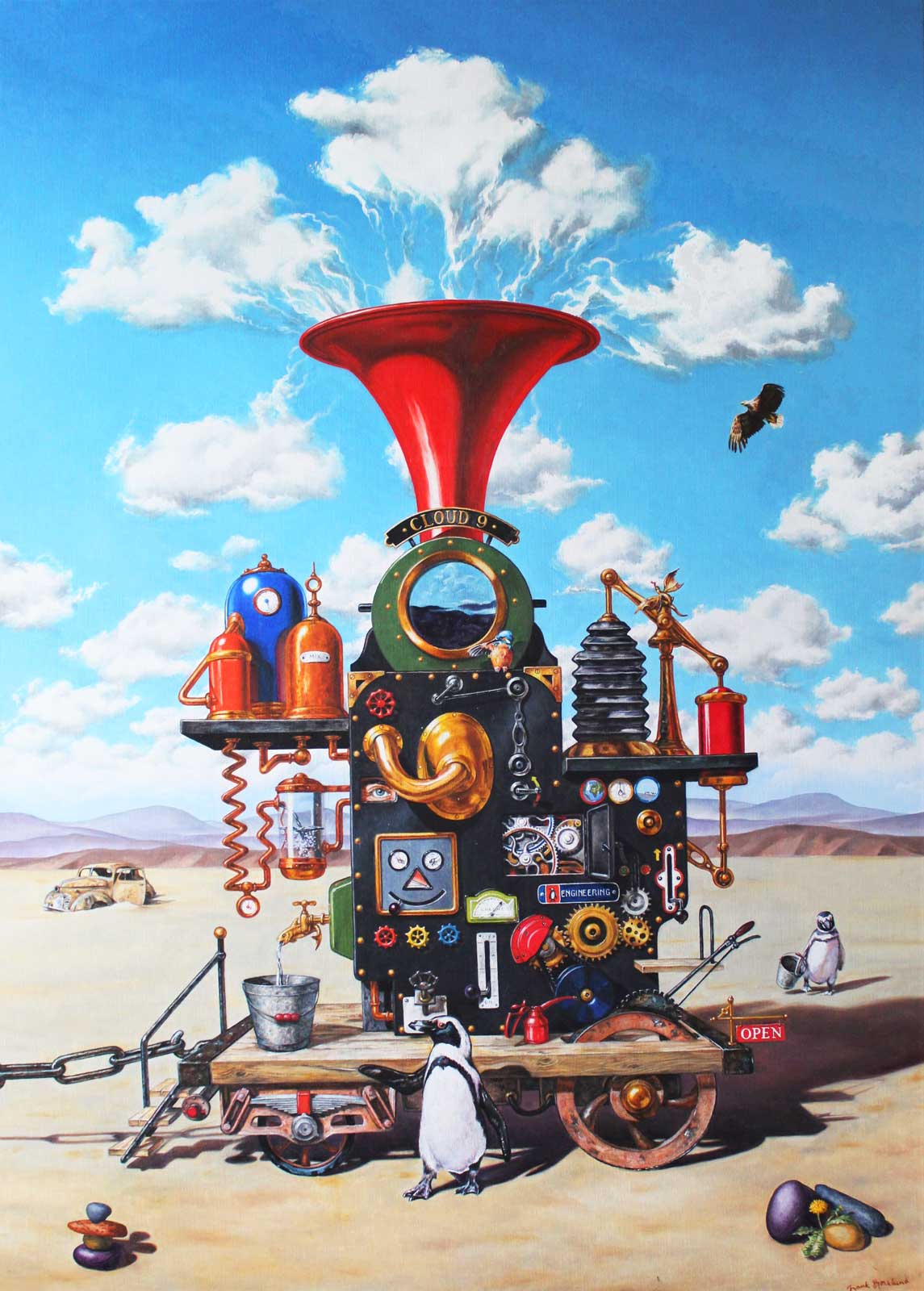
This painting has a strong ecological message
”Paysan au bouquet"
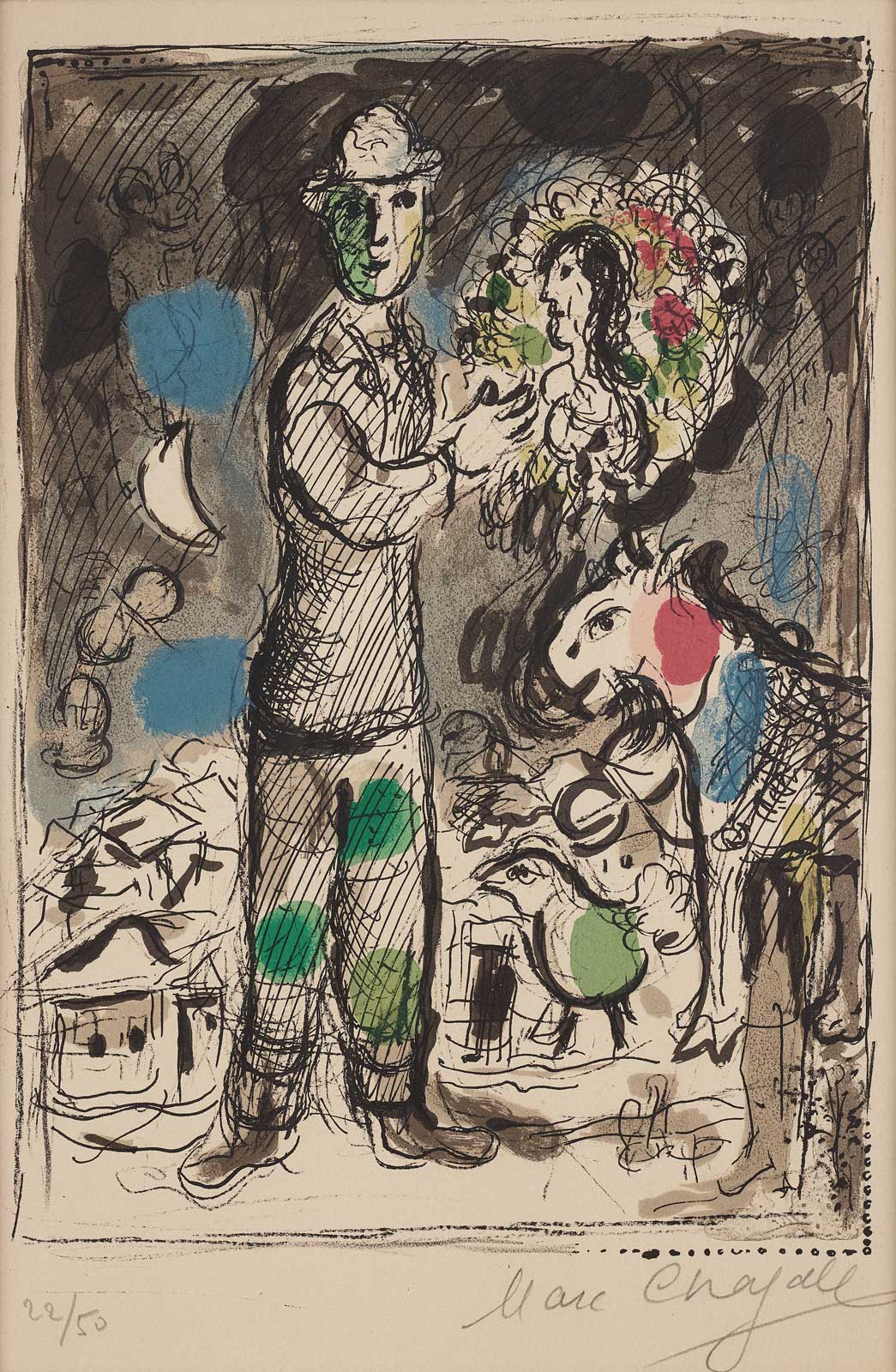
”L'Ange du jugement"
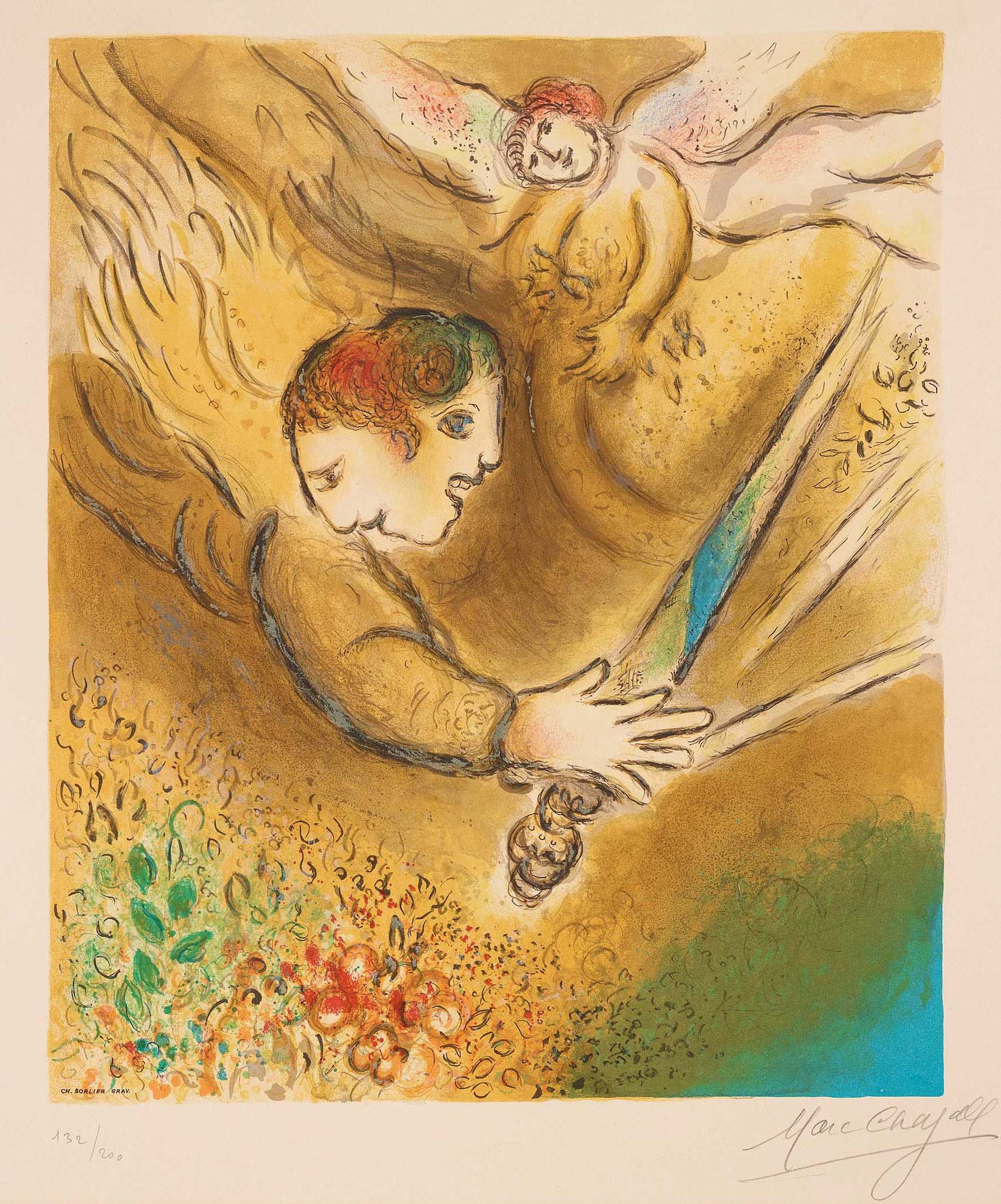
”Quevedo's Visions"
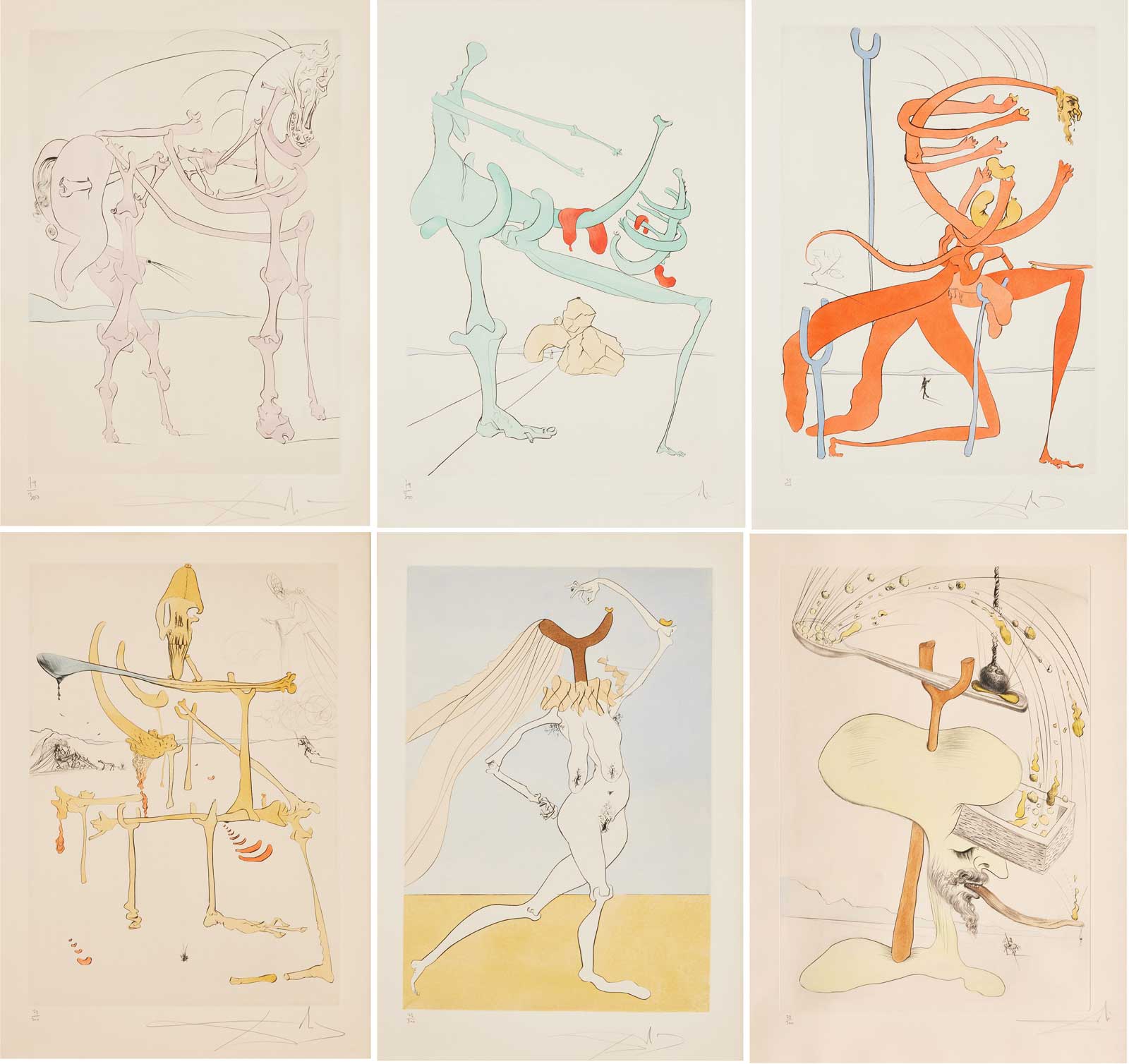
from ”Quevedo's Visions"
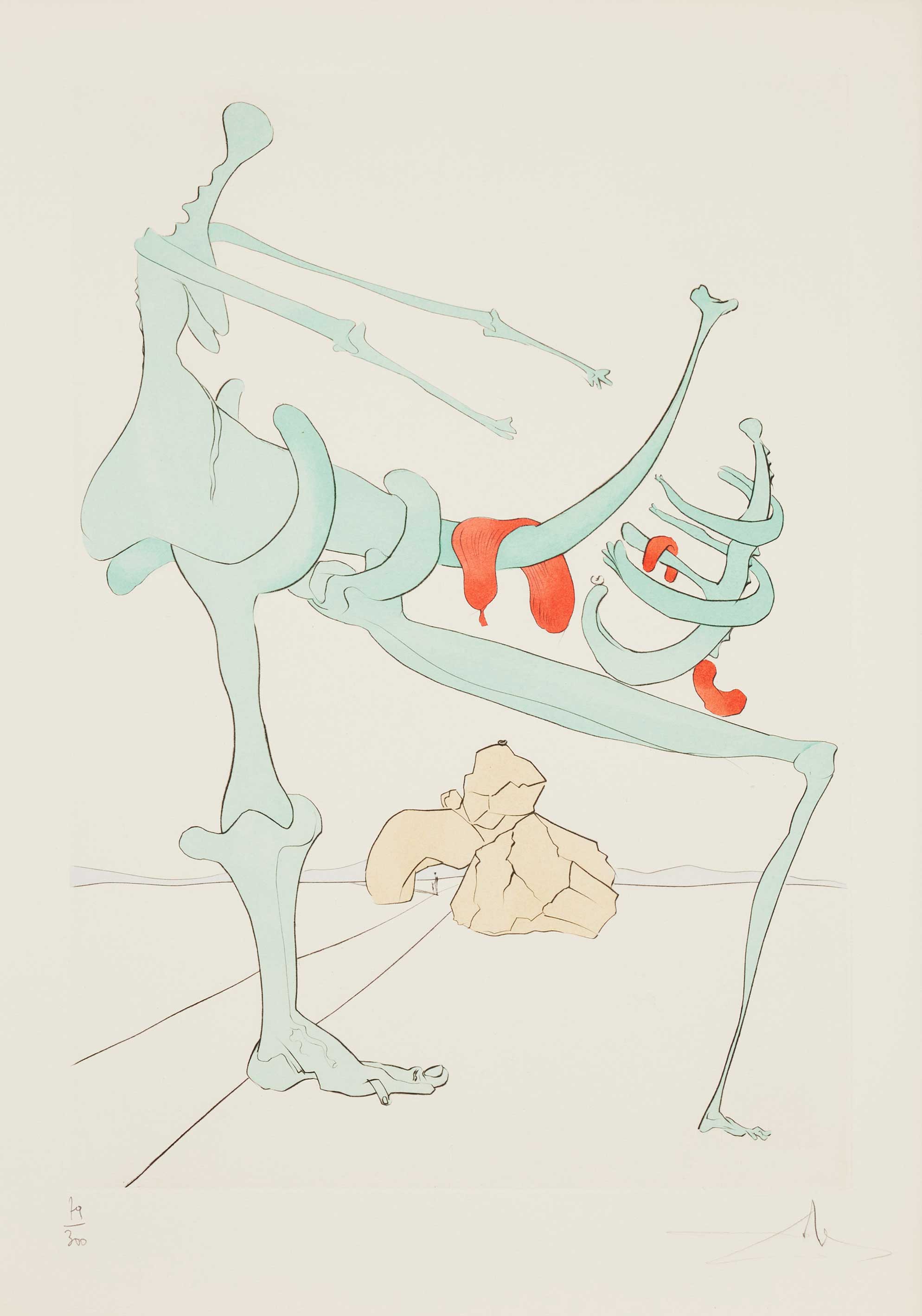
from ”Quevedo's Visions"
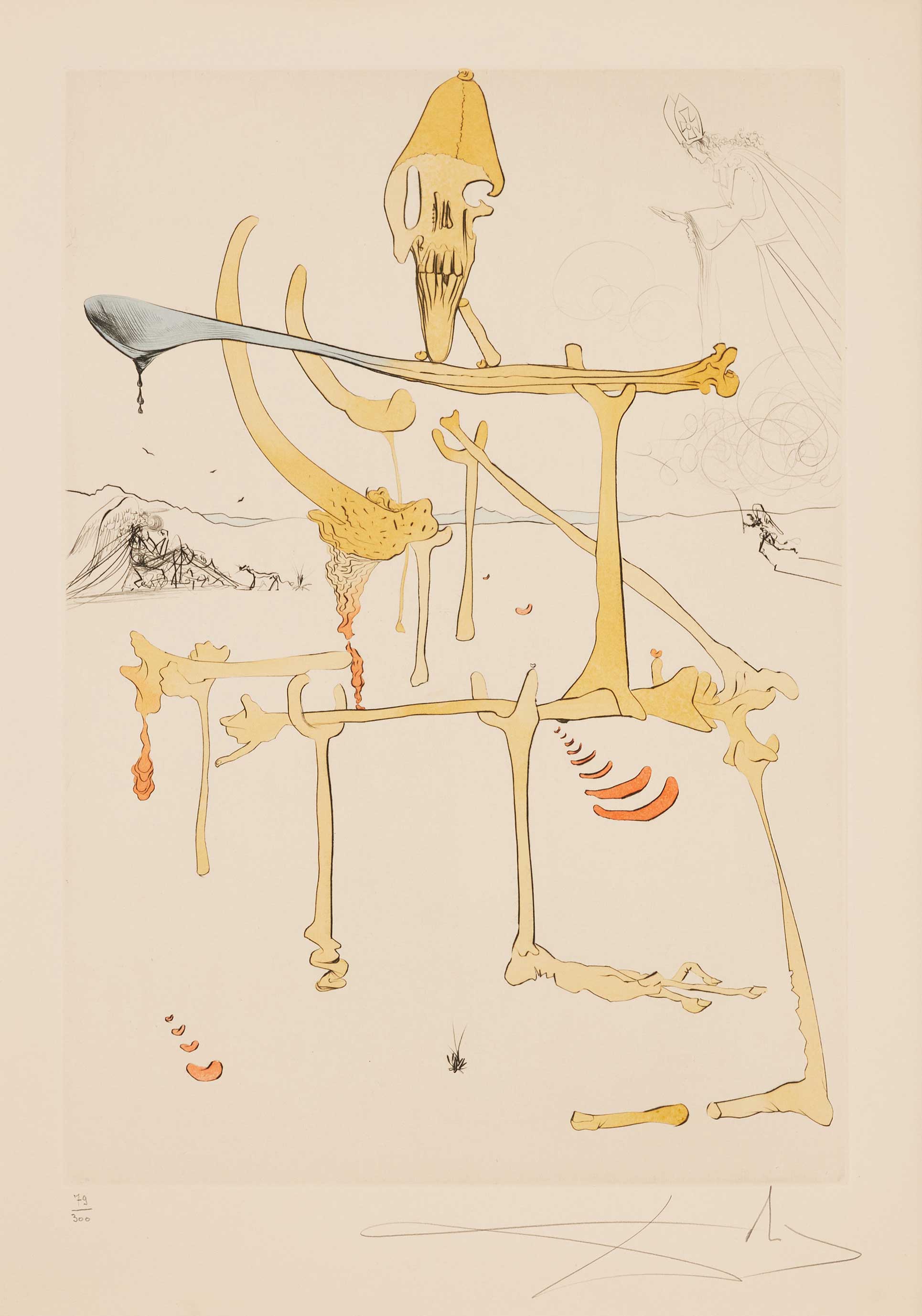
from ”Quevedo's Visions"
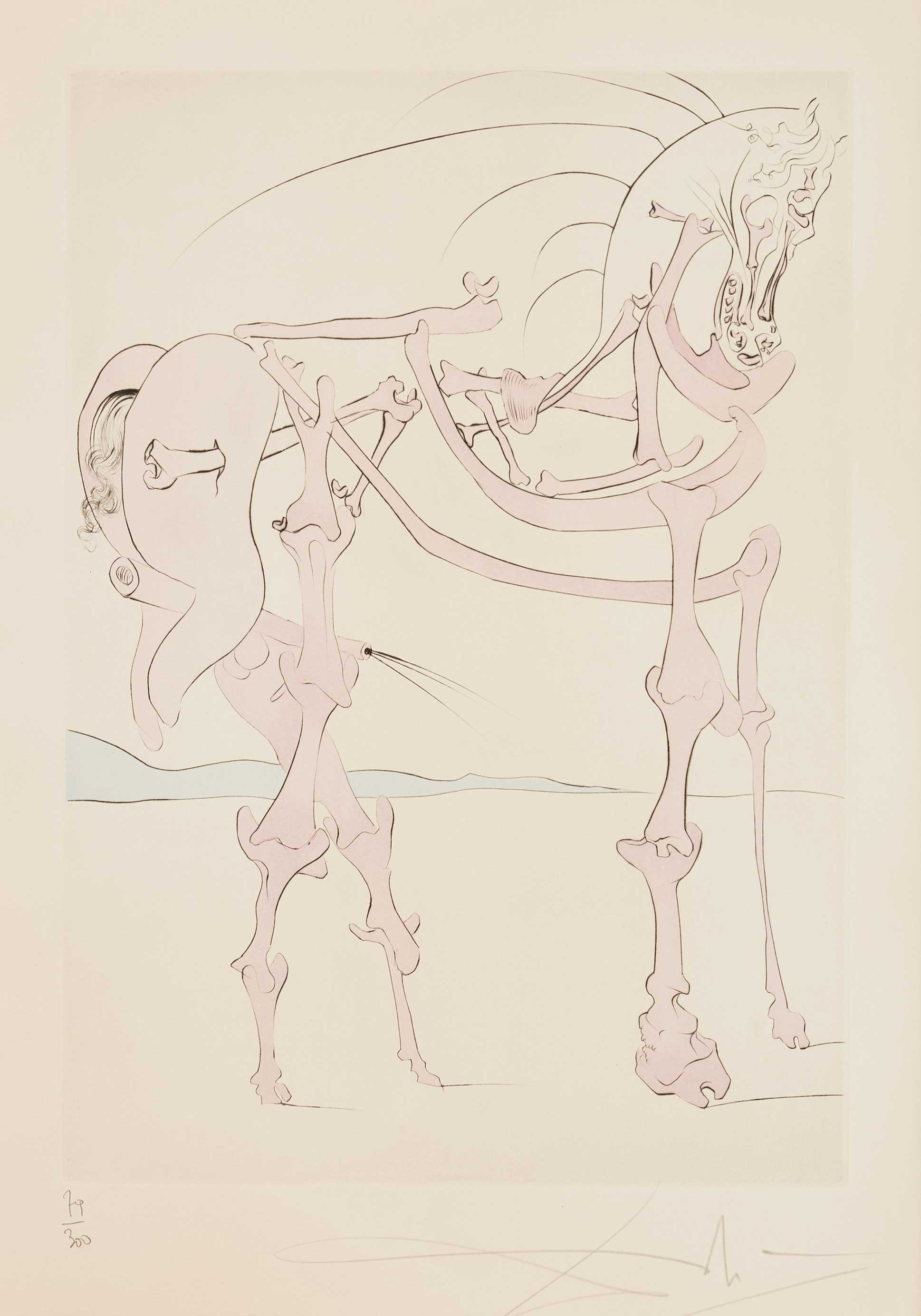
from ”Quevedo's Visions"

from ”Quevedo's Visions"
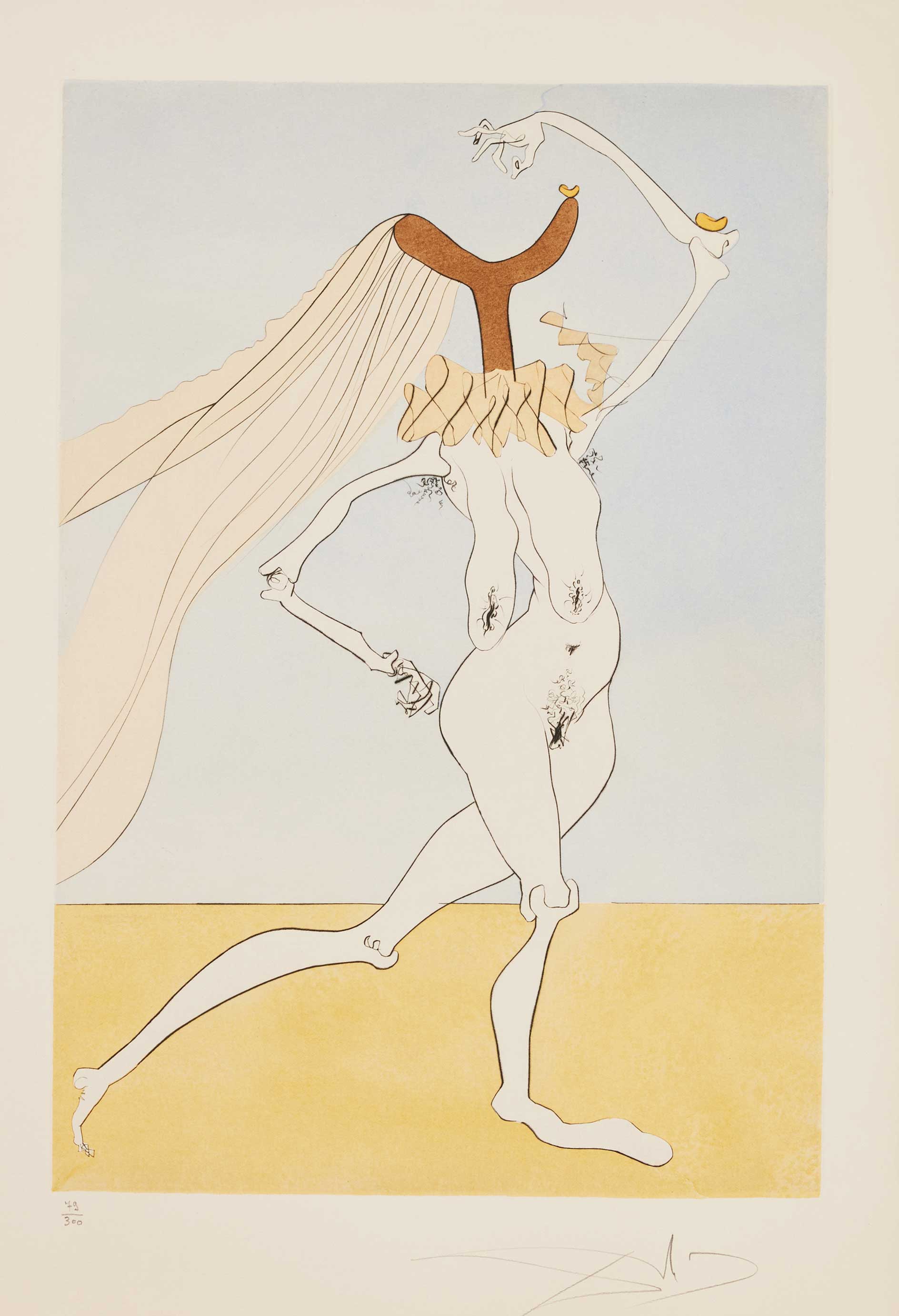
from ”Quevedo's Visions"

from ”Greta Garbo"
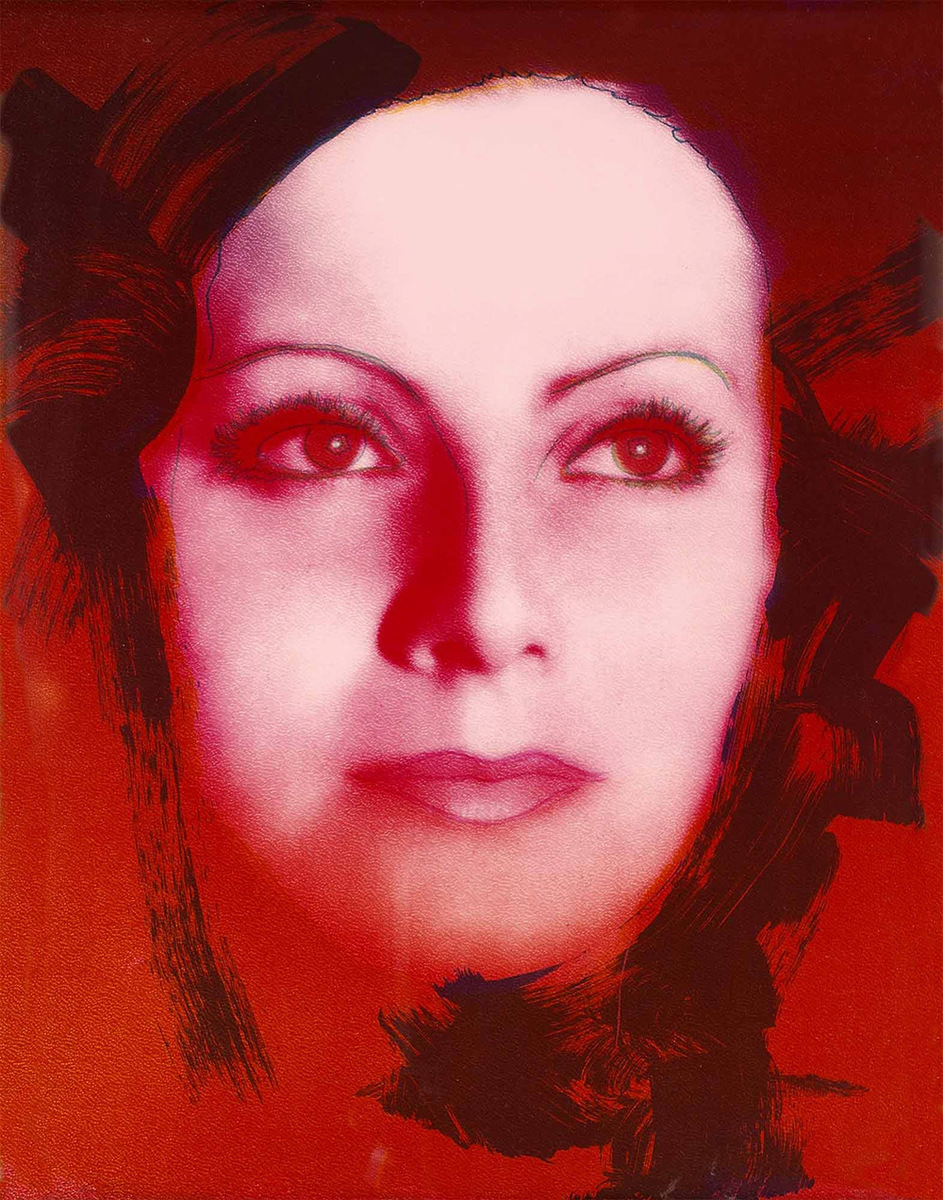
"Justice, from The Virtues"

"Taytu-Betul"

"Triumphant Angel"
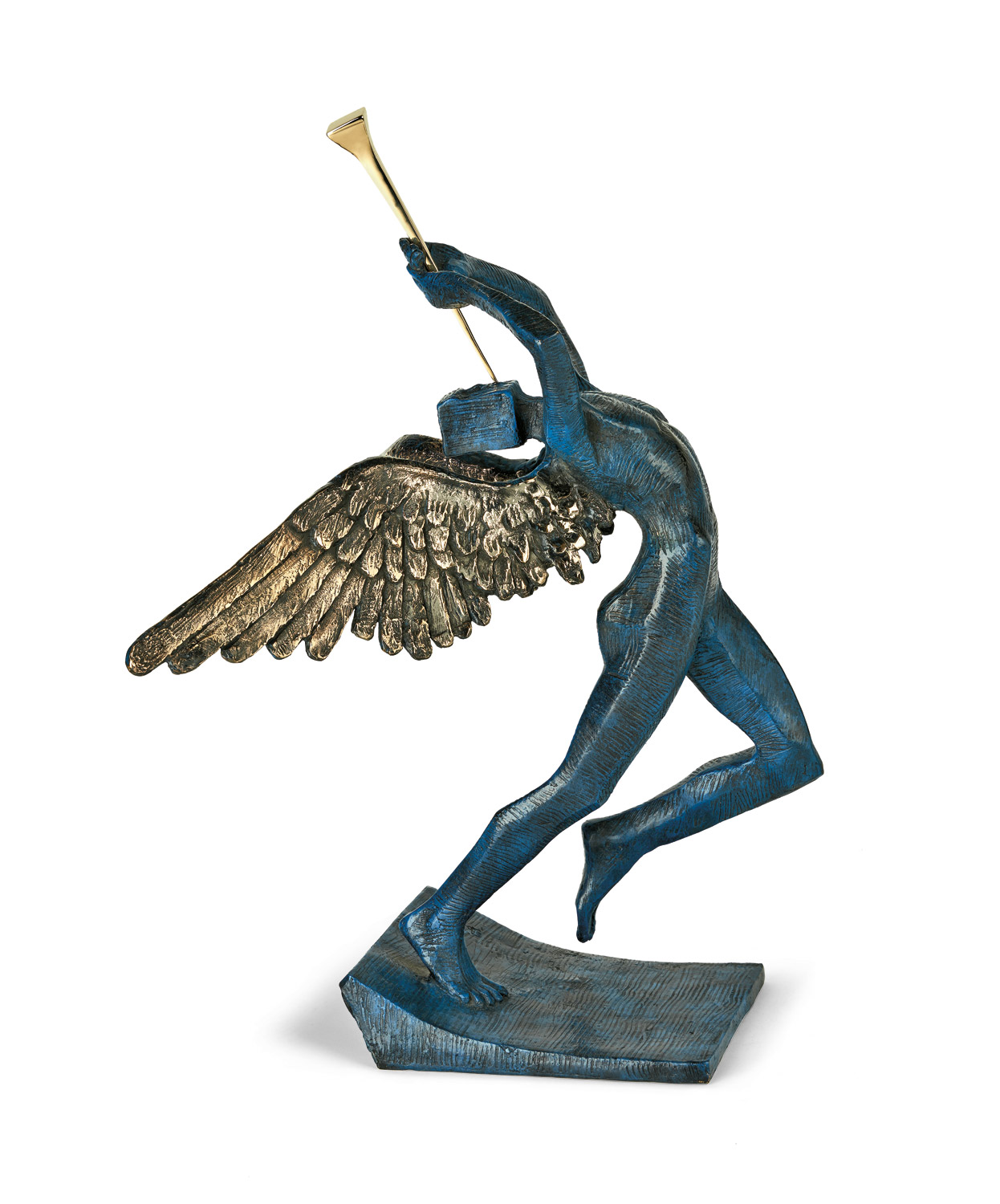
"Dance of Time I"
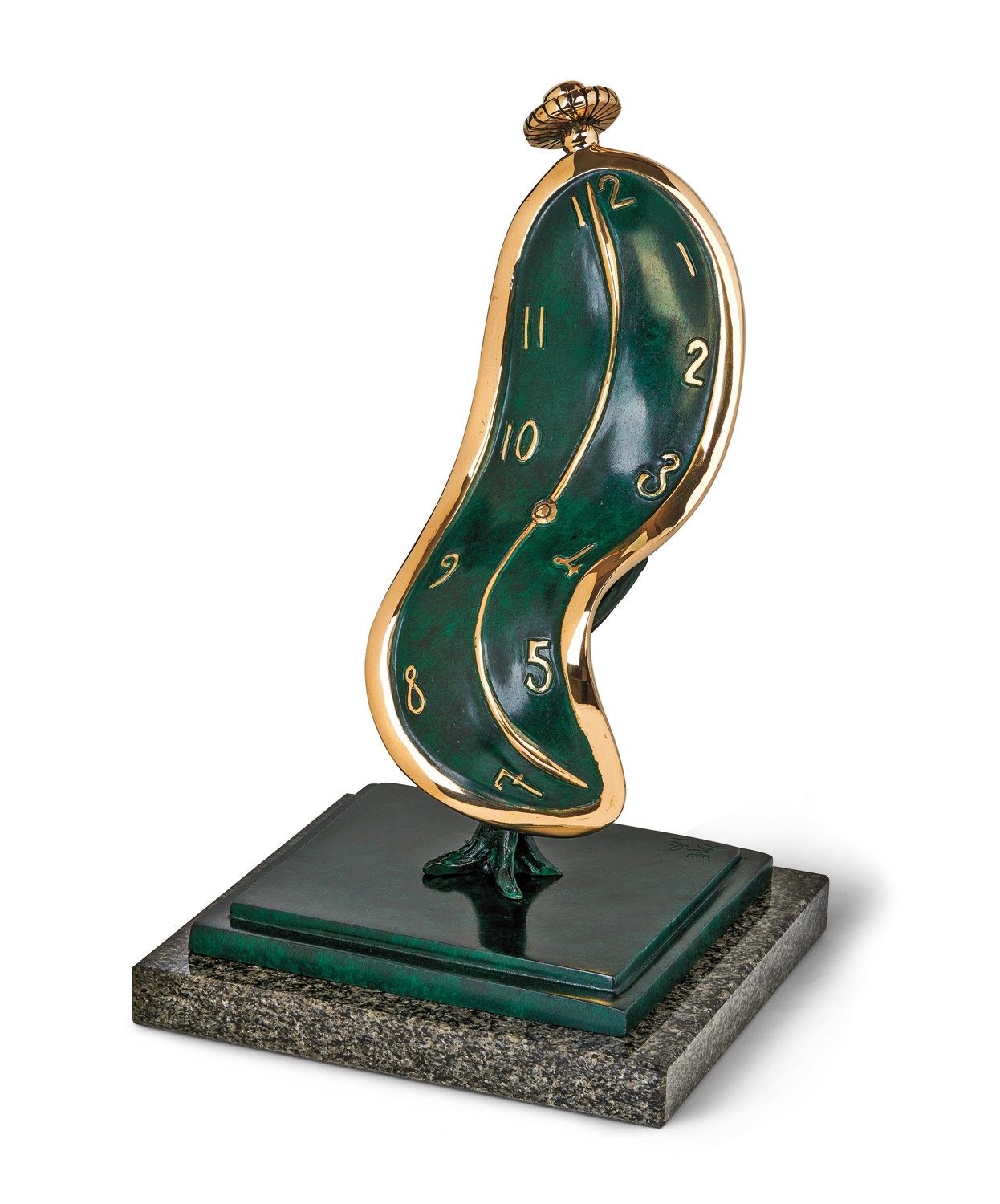
"Dance of Time III"
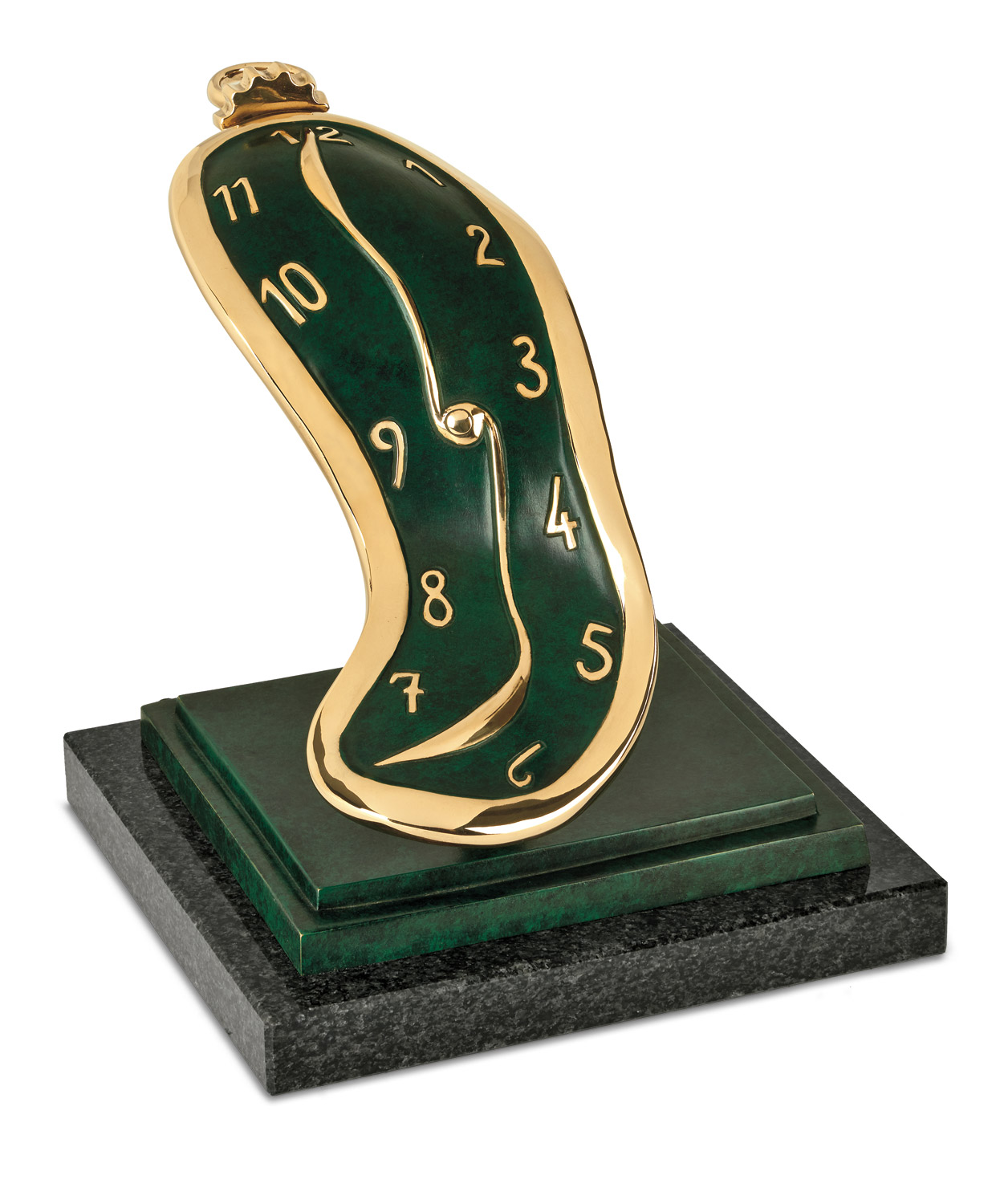
"The Anthropomorphic Cabinet"
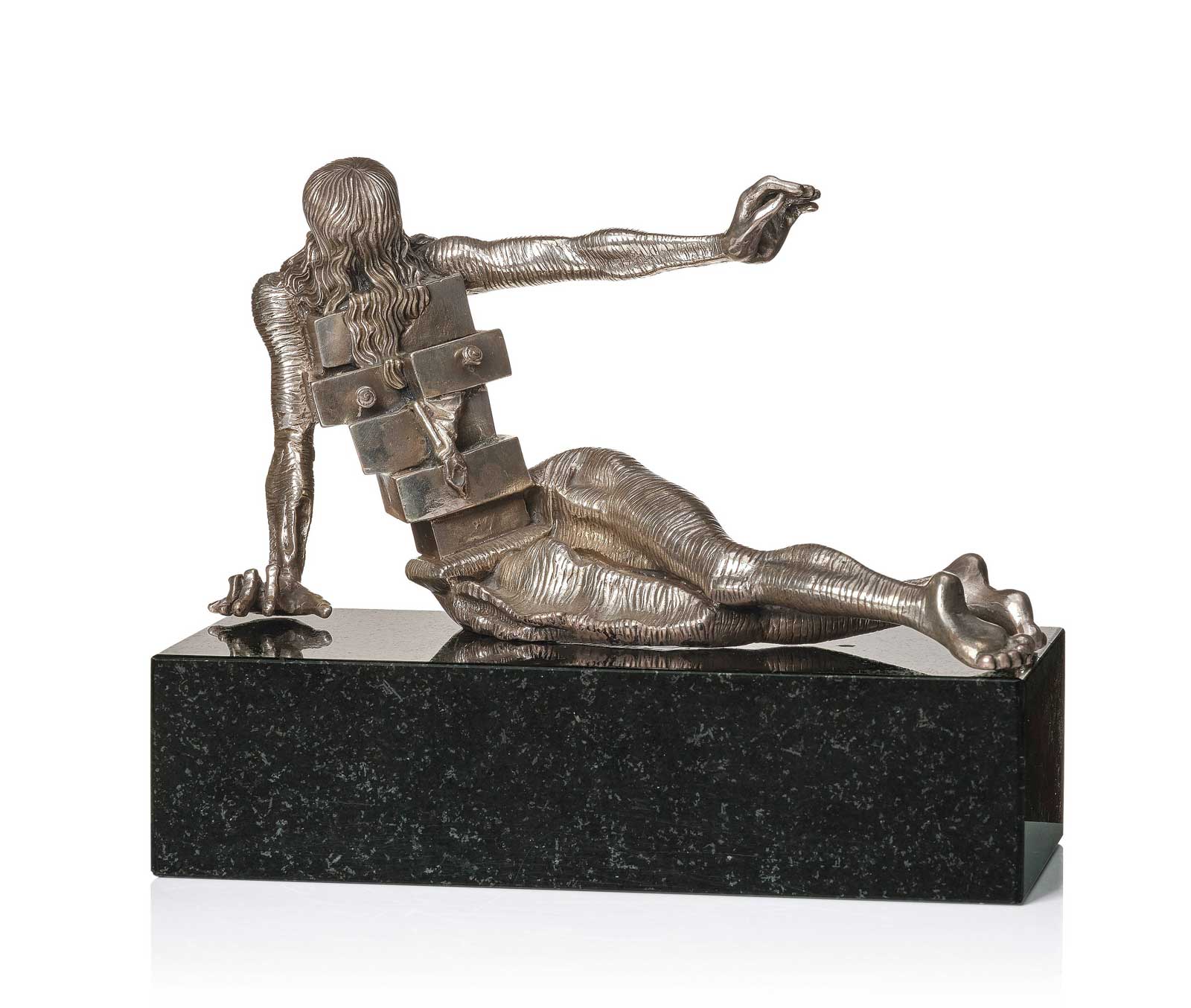
Sterling silver
12x23 cm
"Snail and the Angel"
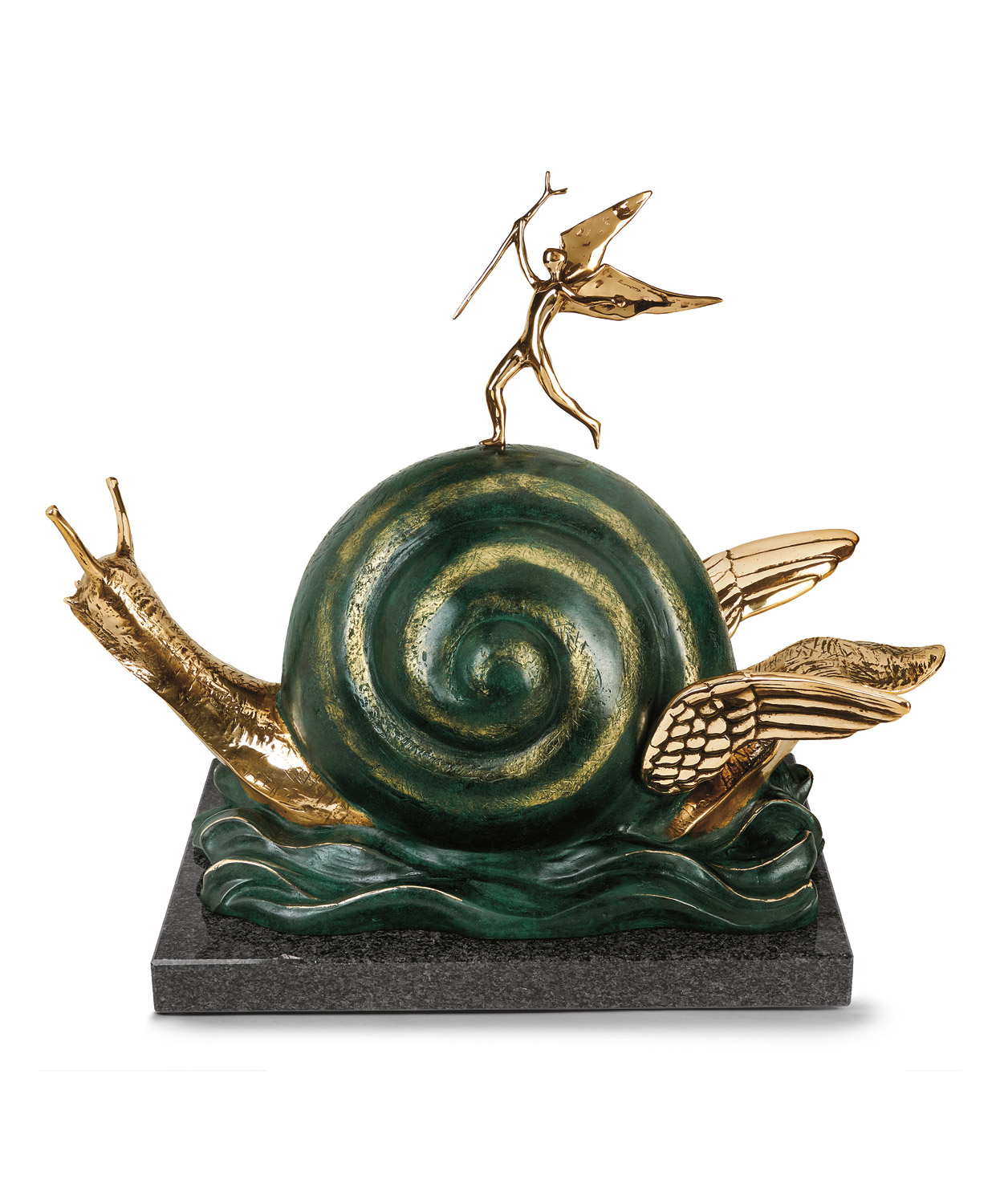
"Homage to Newton"
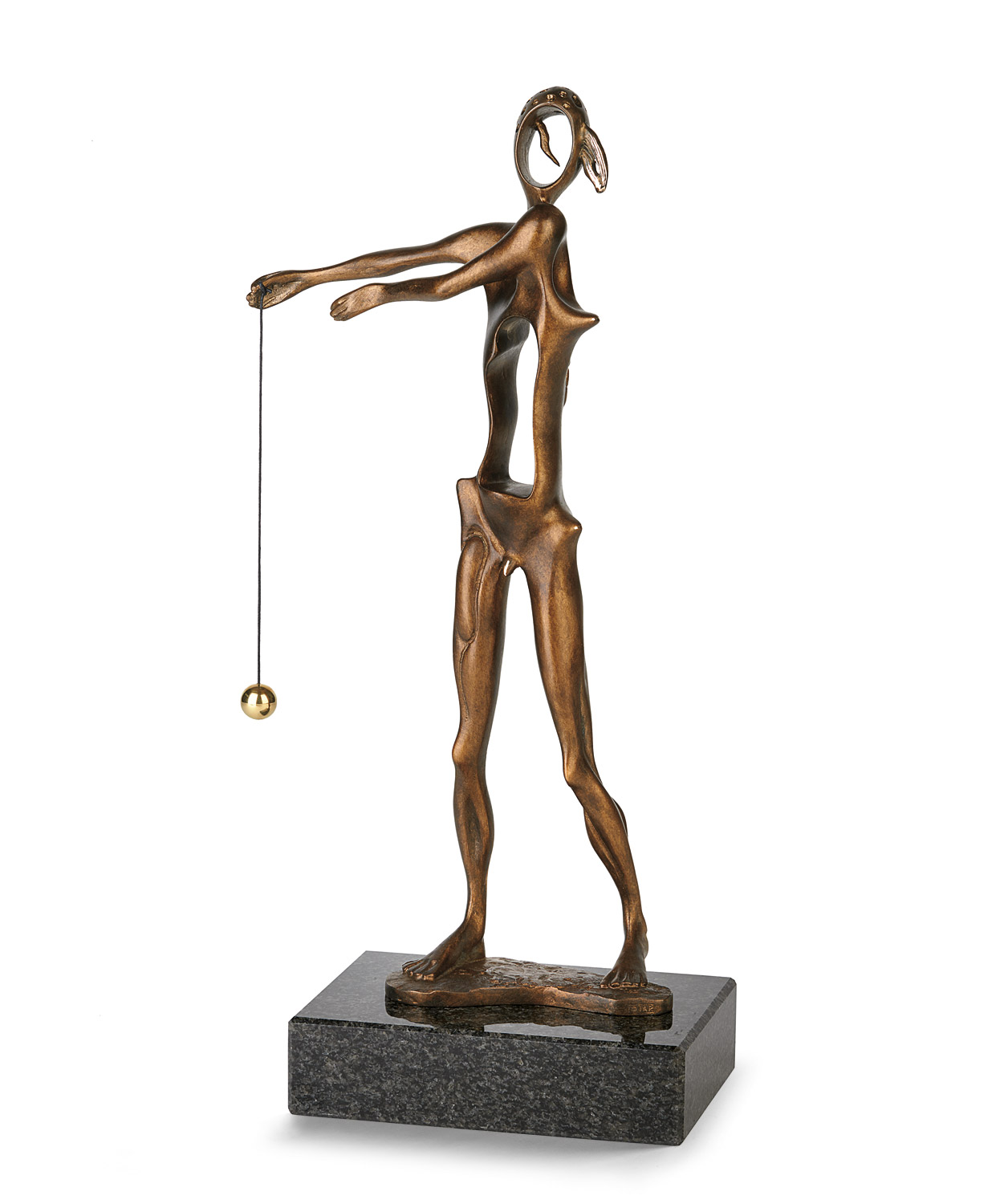
"N.Y.C. LEGEND"

"Hybrid Speciation No. II - London"
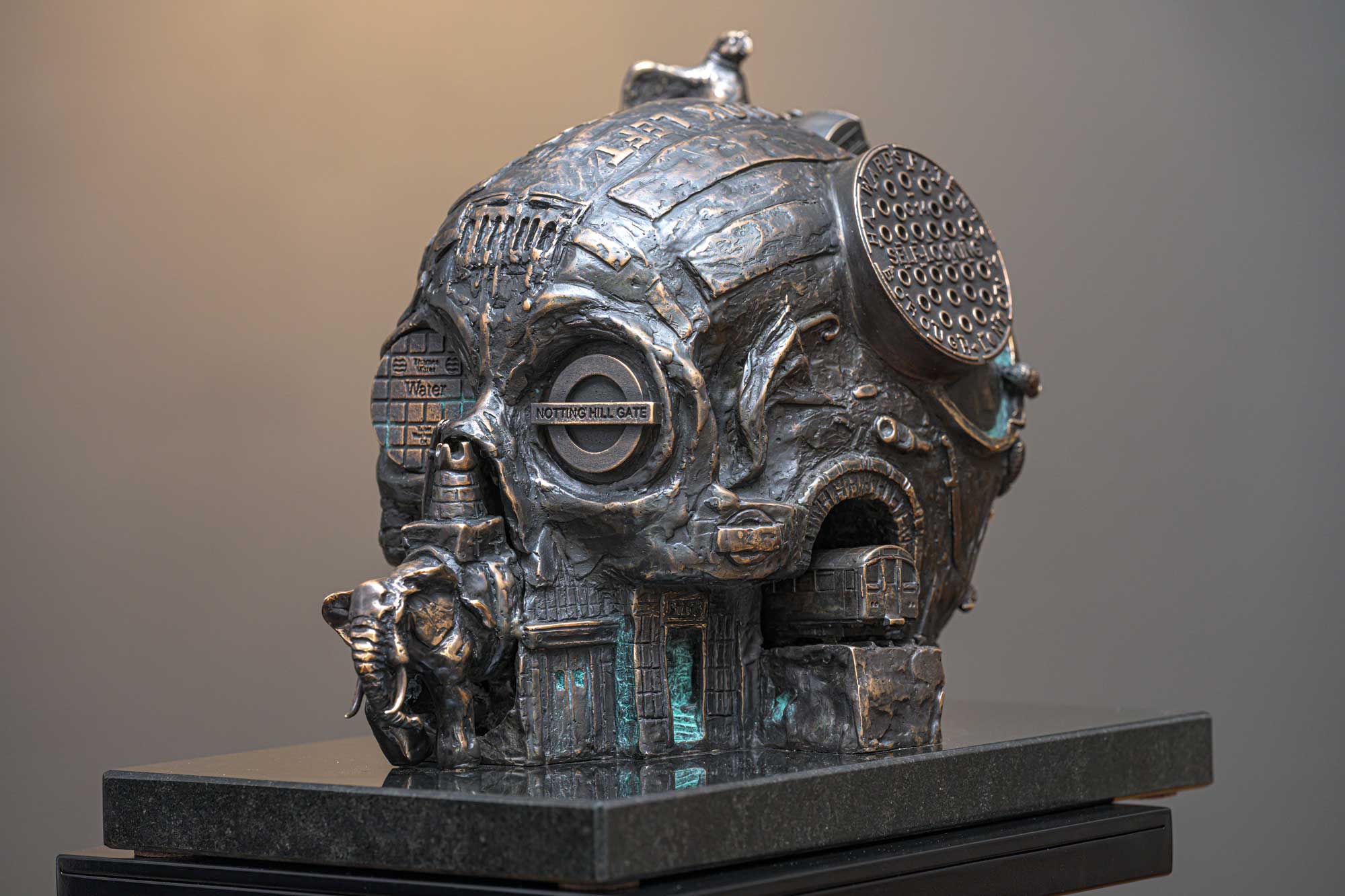
"The Simpsons couch"
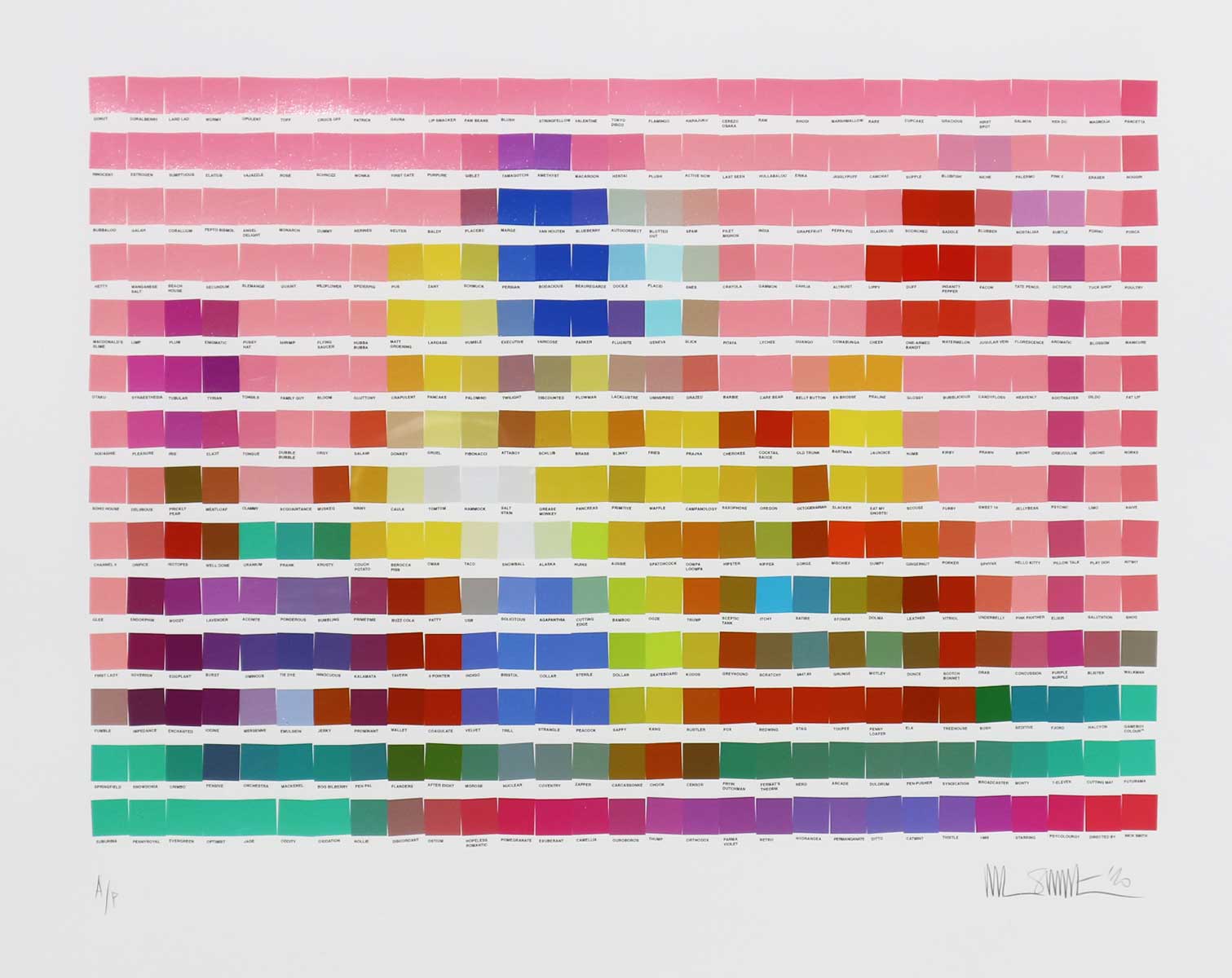
"Air Ballloons"

oil on canvas
135x90 cm
"(Like) Fish out of Water"
-Fish-out-of-water-50x50-cm-1600.jpg)
oil on canvas
50x50 cm
"The Juggler"
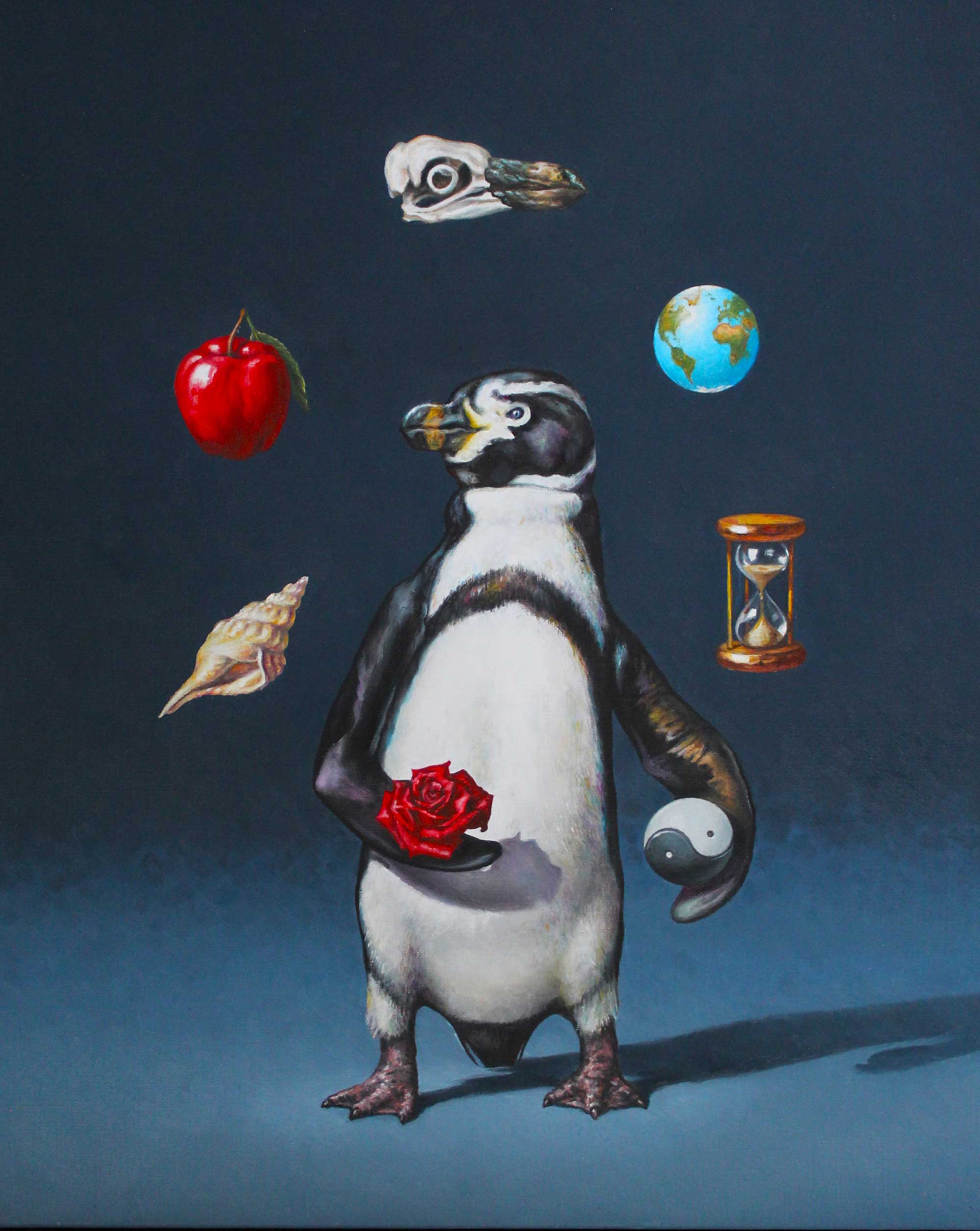
oil on canvas
70x60 cm
"Make your voice heard"
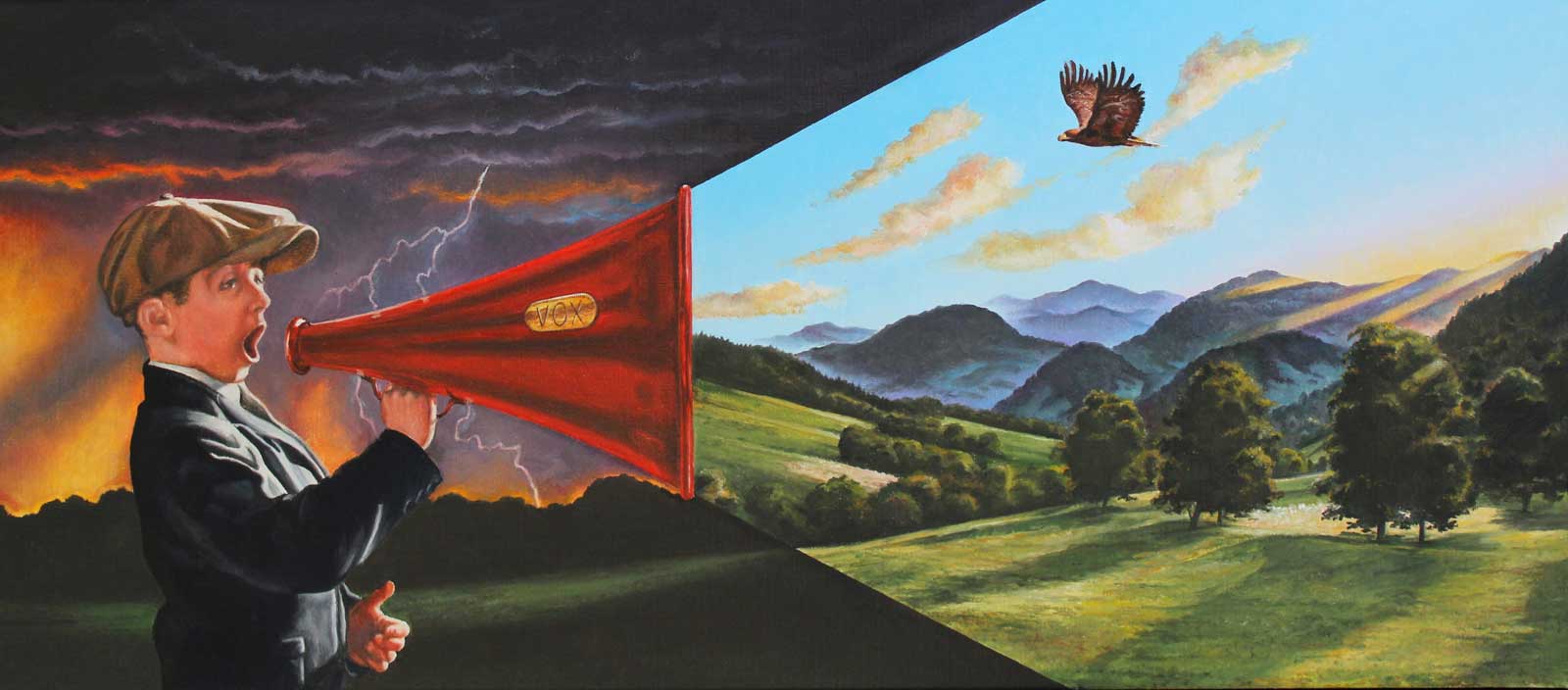
oil on canvas
40x90 cm
"Sideeffects"
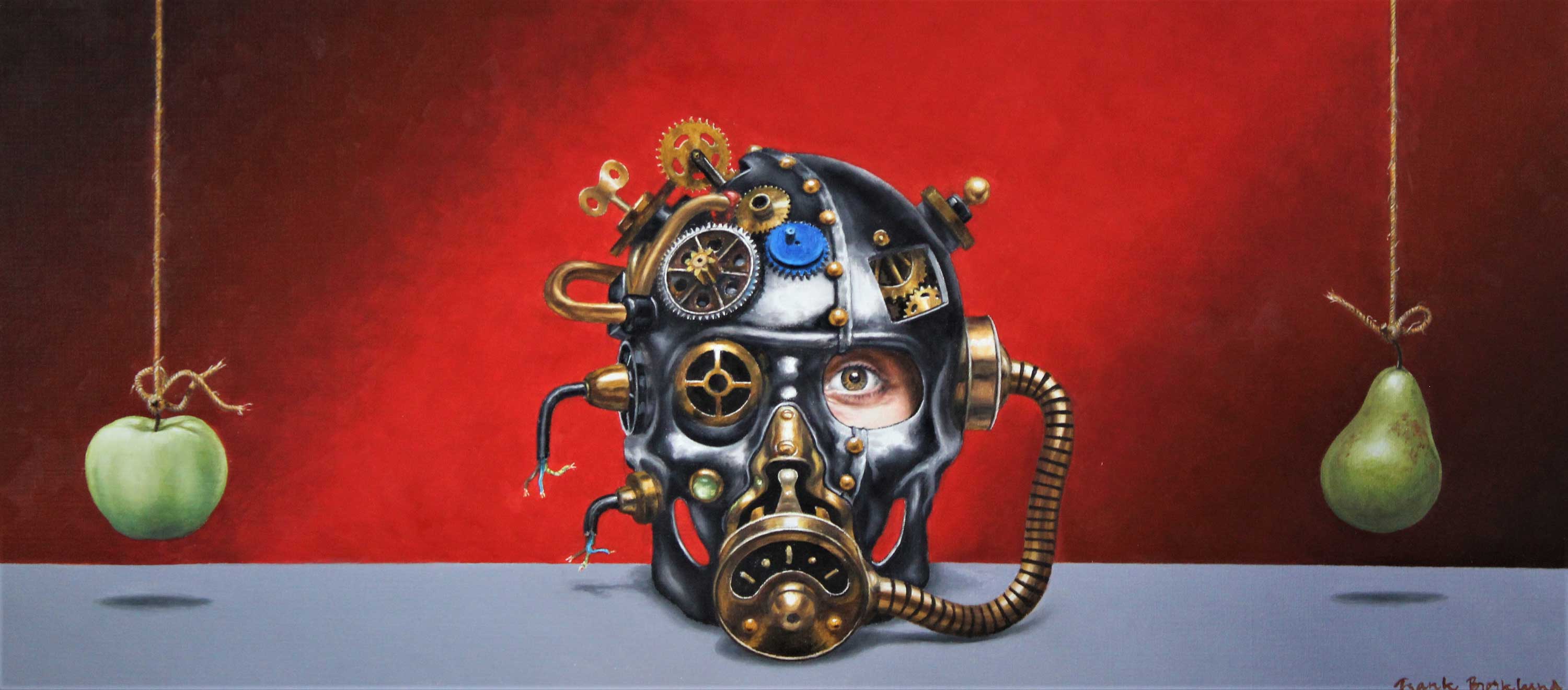
oil on canvas
40x90 cm
"Intermission"
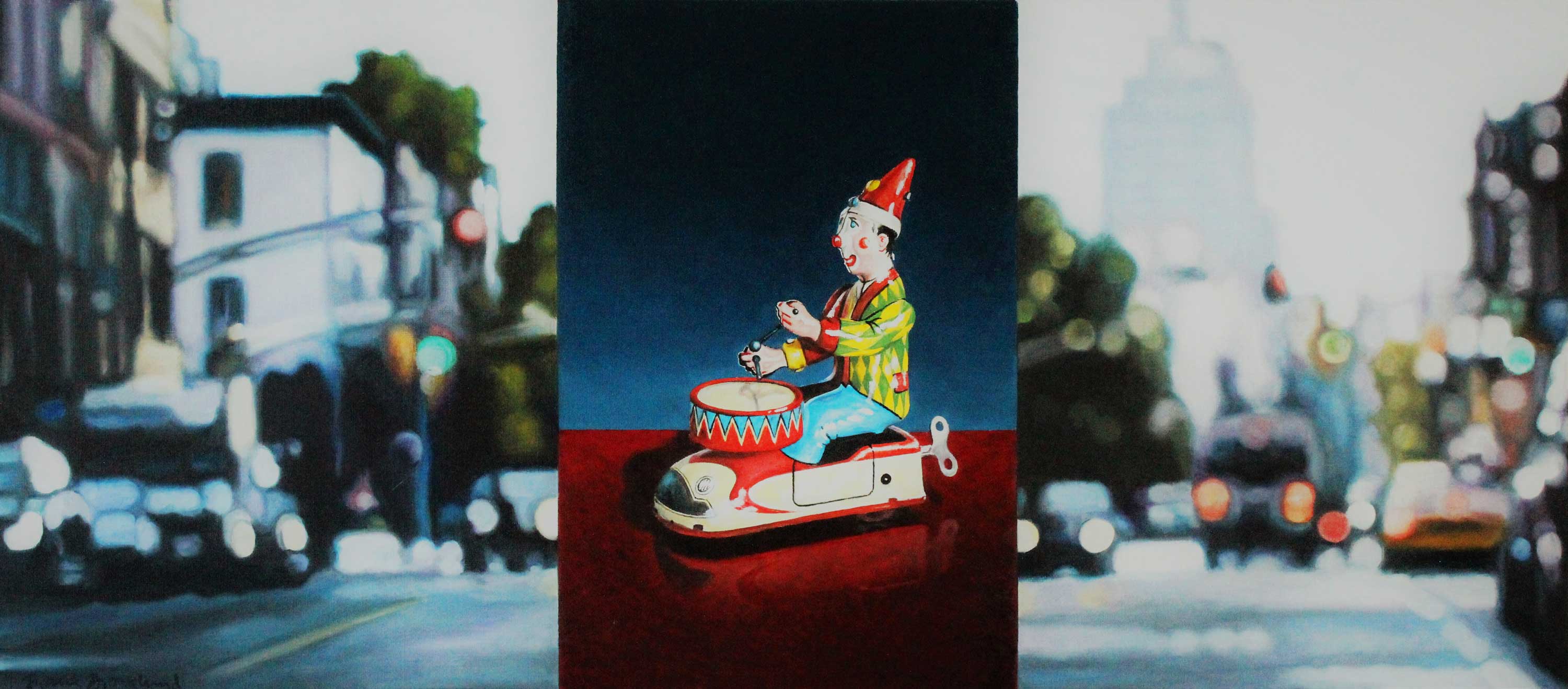
oil on canvas
40x90 cm
"Flying colors"
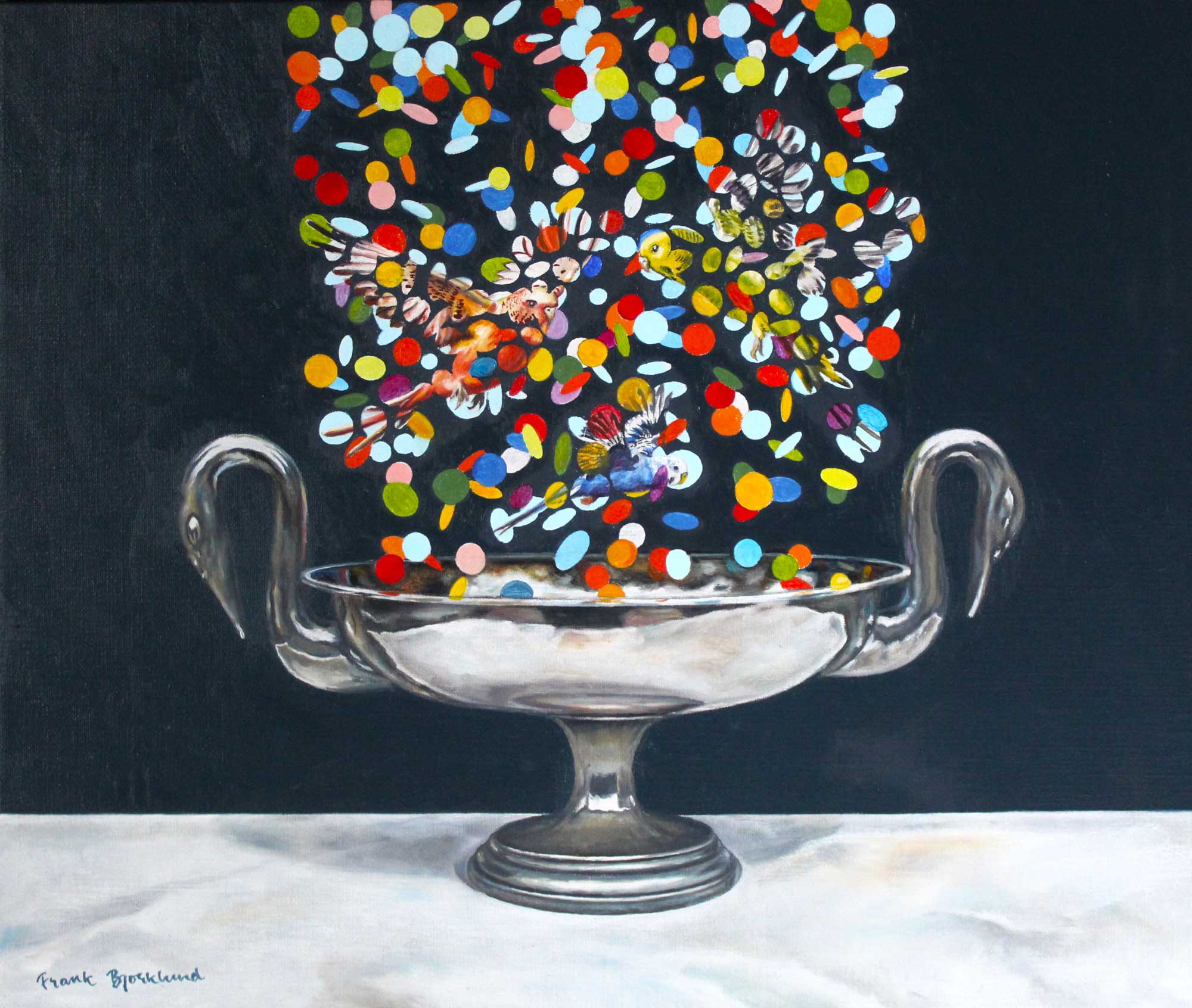
oil on canvas
60x50 cm
"Think outside the box"
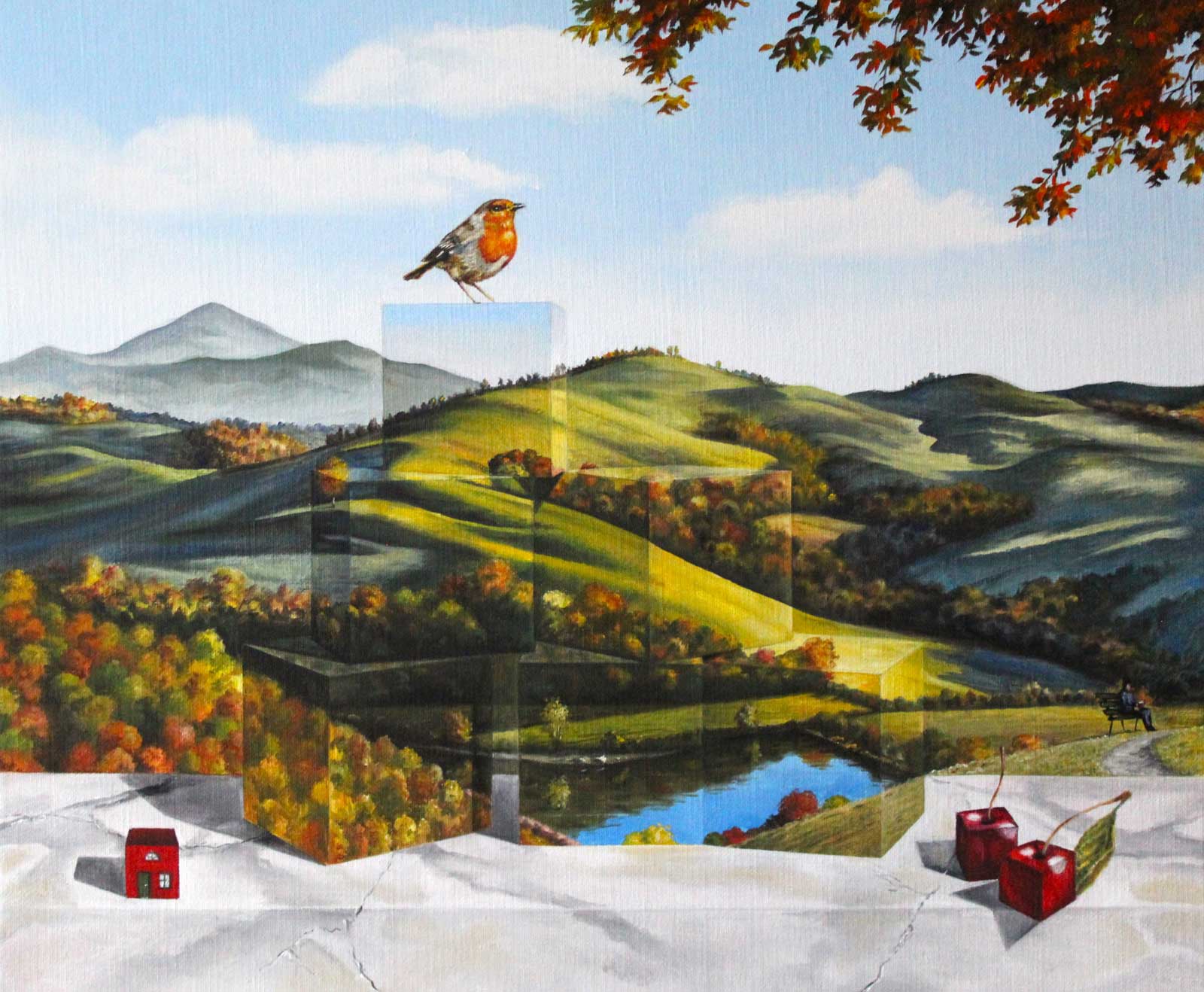
oil on canvas
60x50 cm
"The Butterfly Effect"
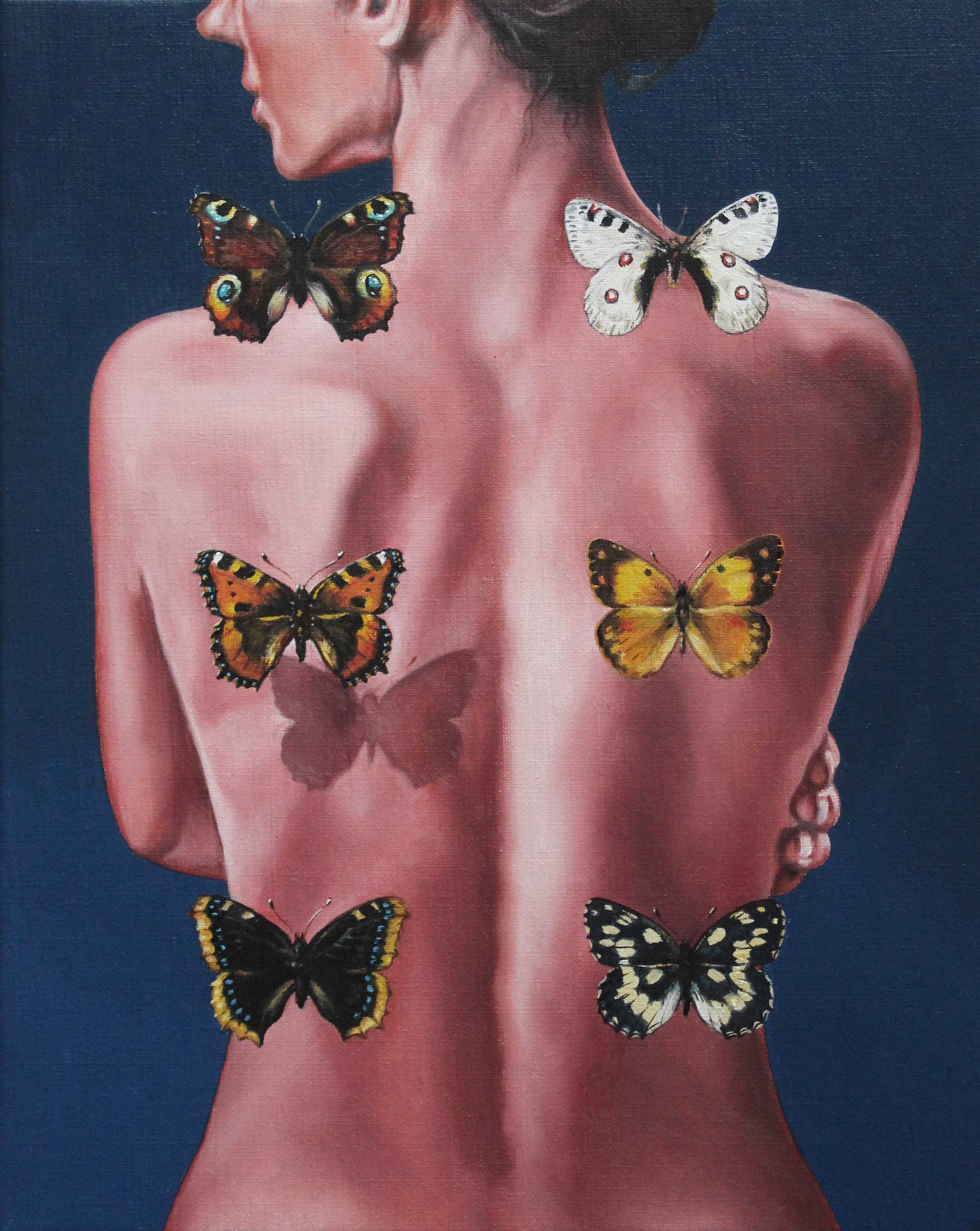
oil on canvas
50x40 cm
"Chrome Pink-Red"
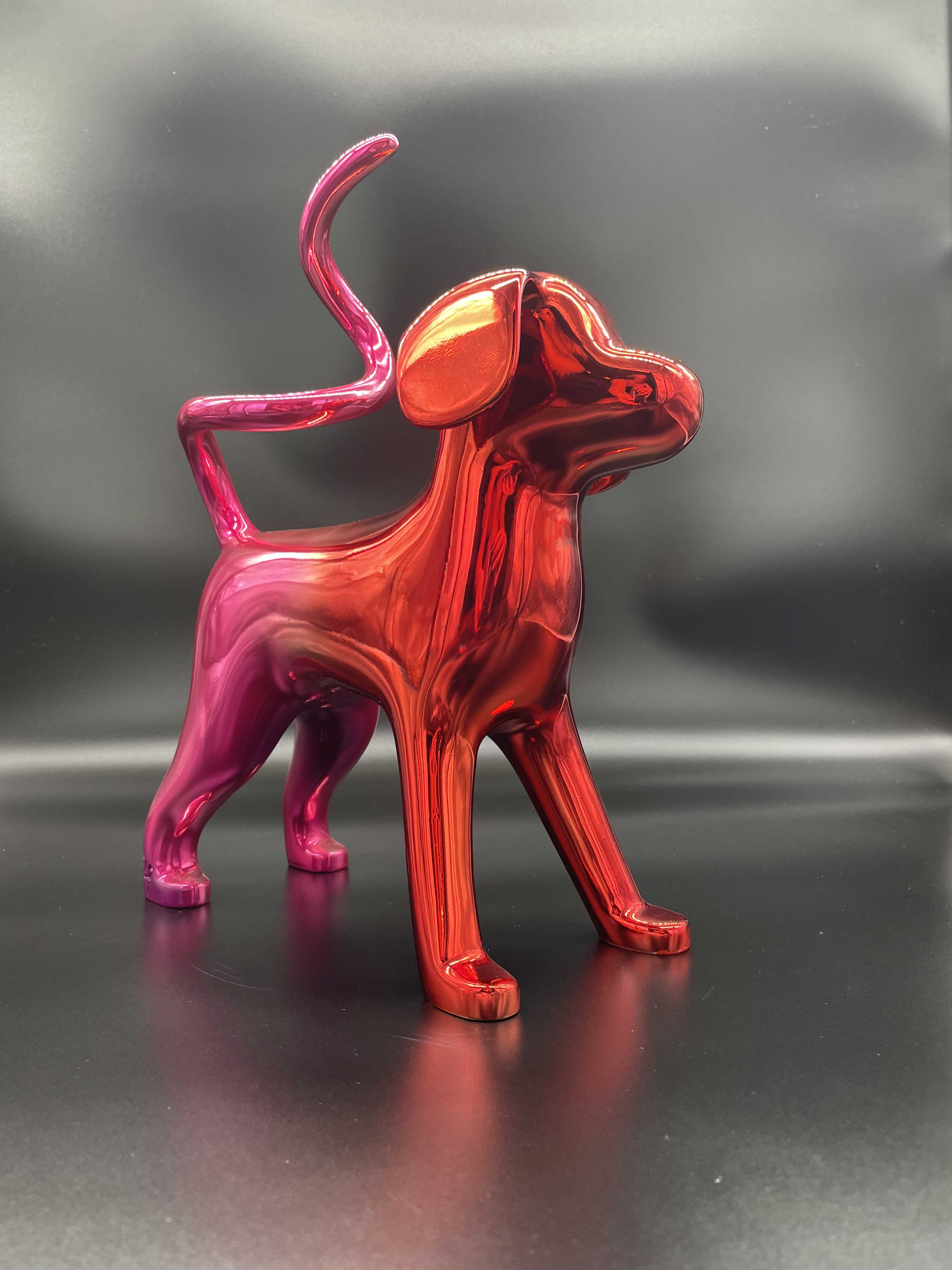
Bronze, Uniqe
approx. 26 cm high
"Purple splash"
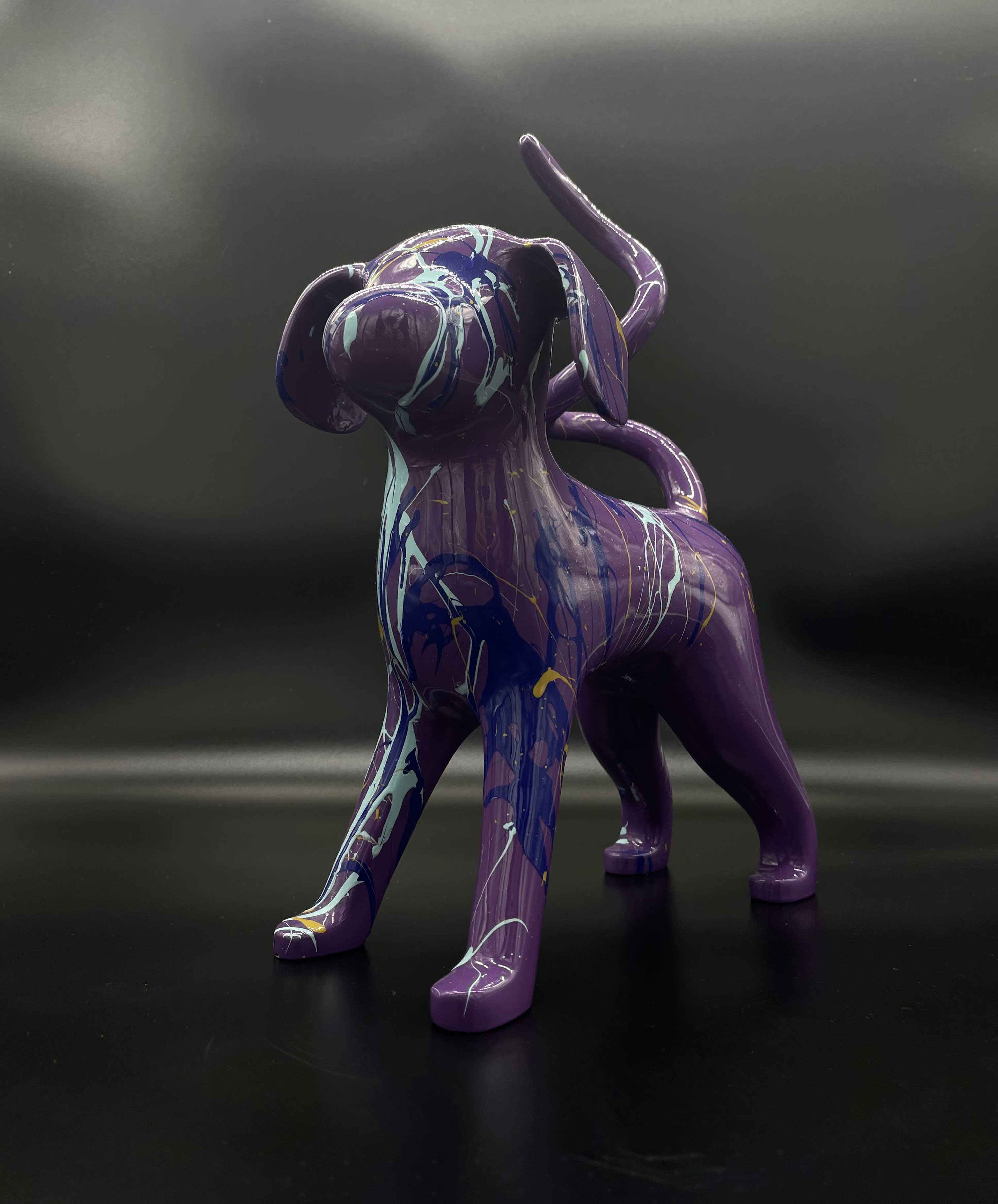
Bronze, Uniqe
approx. 26 cm high
"Blue Copper Chrome"

Bronze, Uniqe
approx. 26 cm high
"Portal"
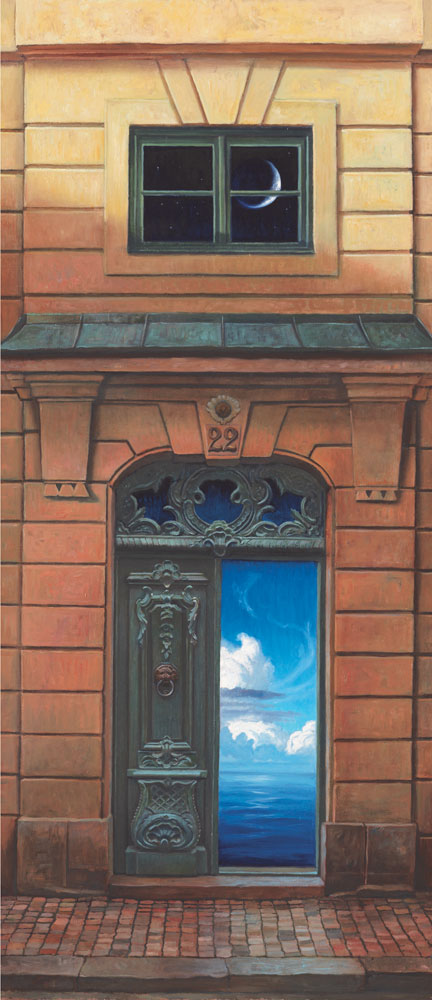
"Cluster III - Drifters"
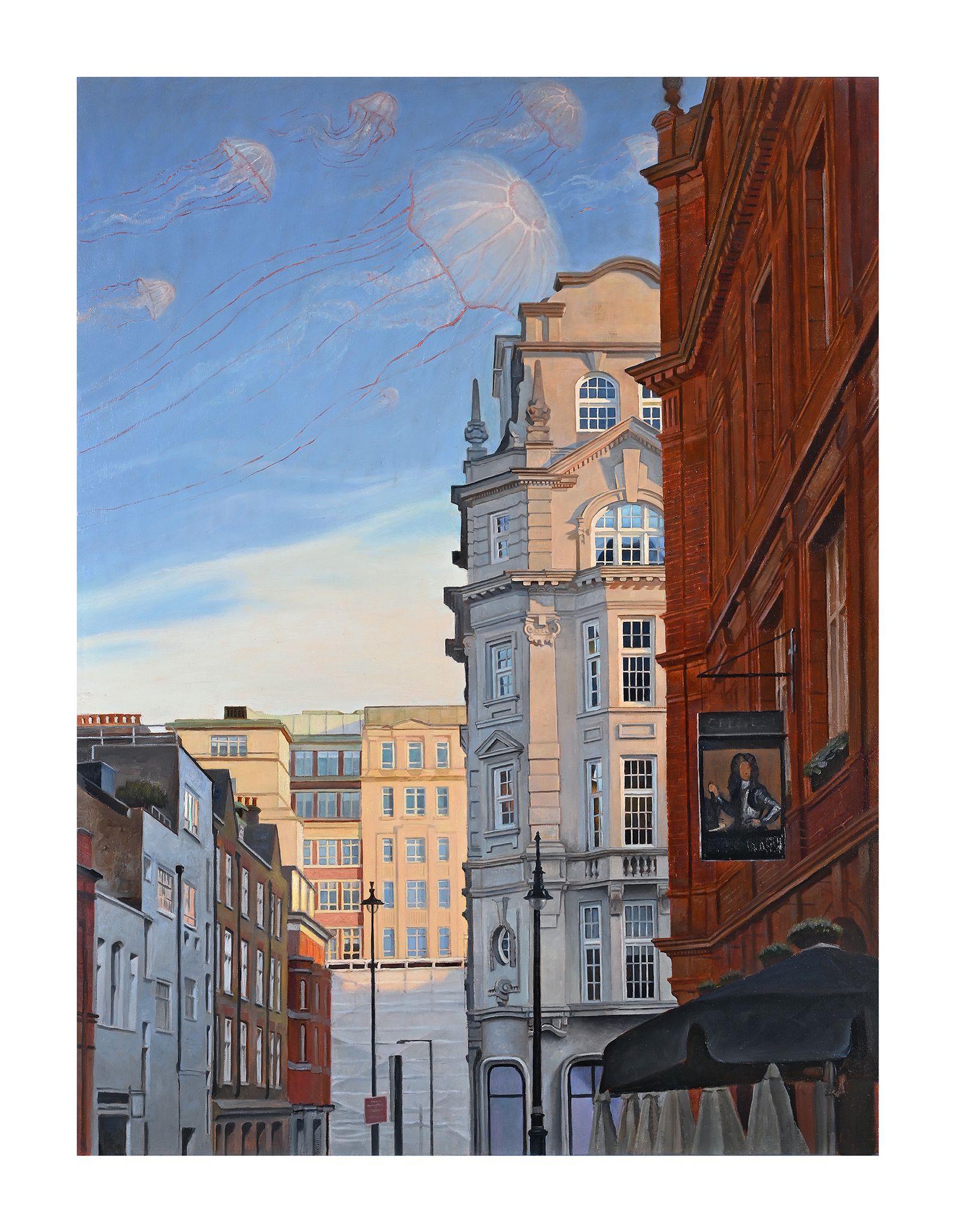
"Reflections"
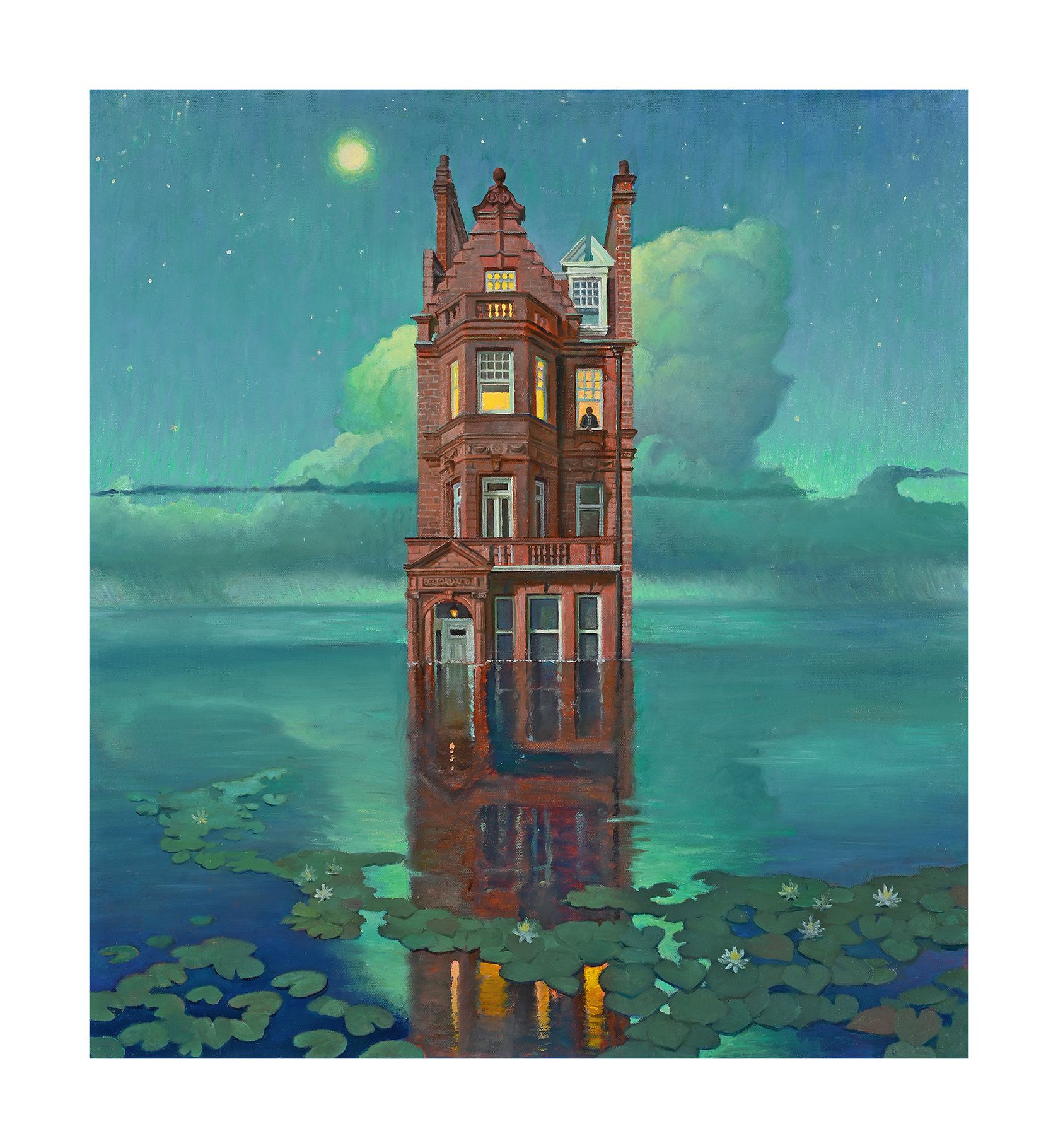
"Underwater III - plastic free oceans"
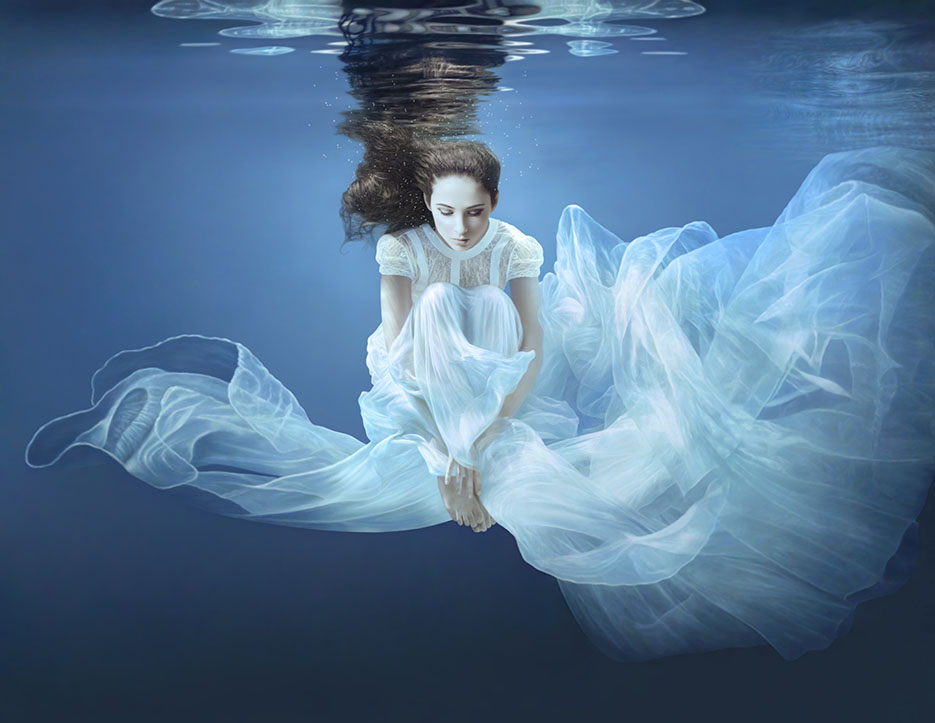
"Reconstructors II"
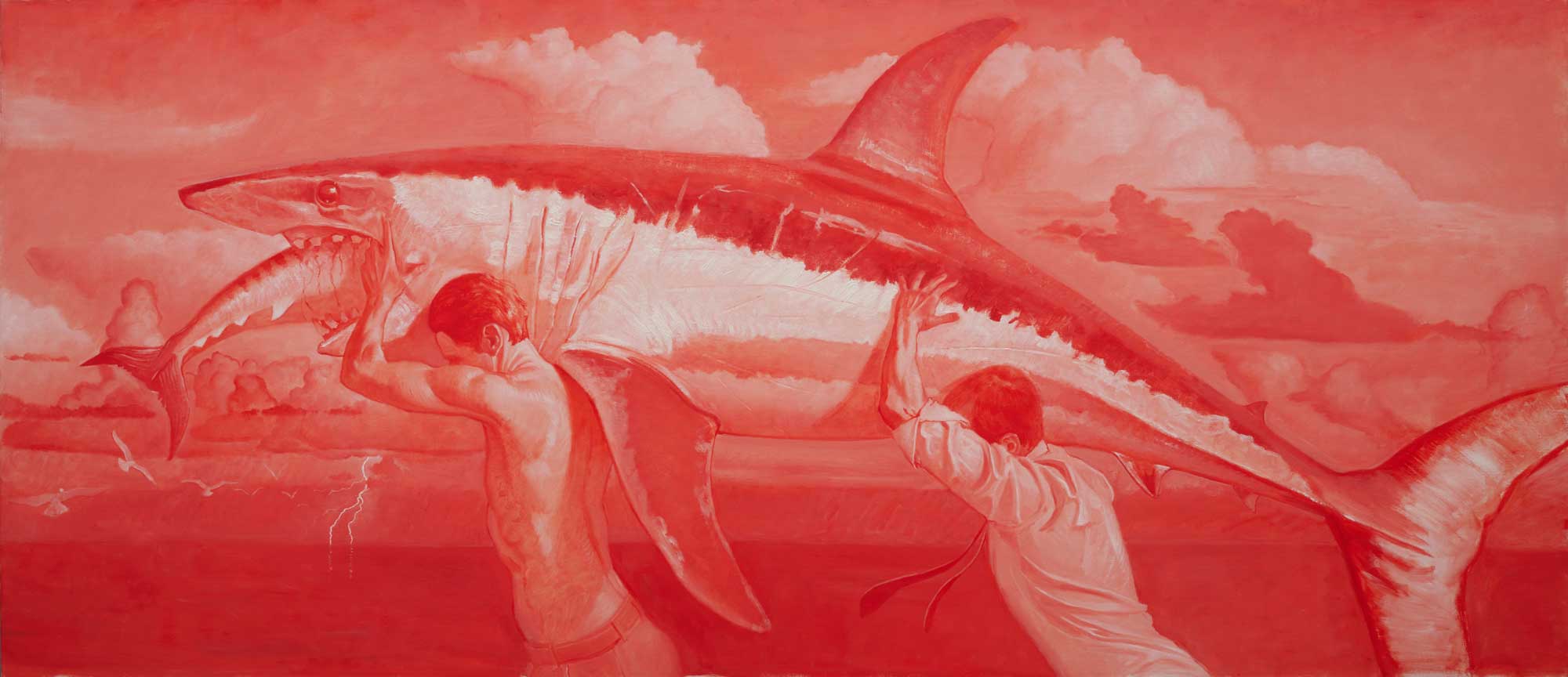
"New York City Legend"
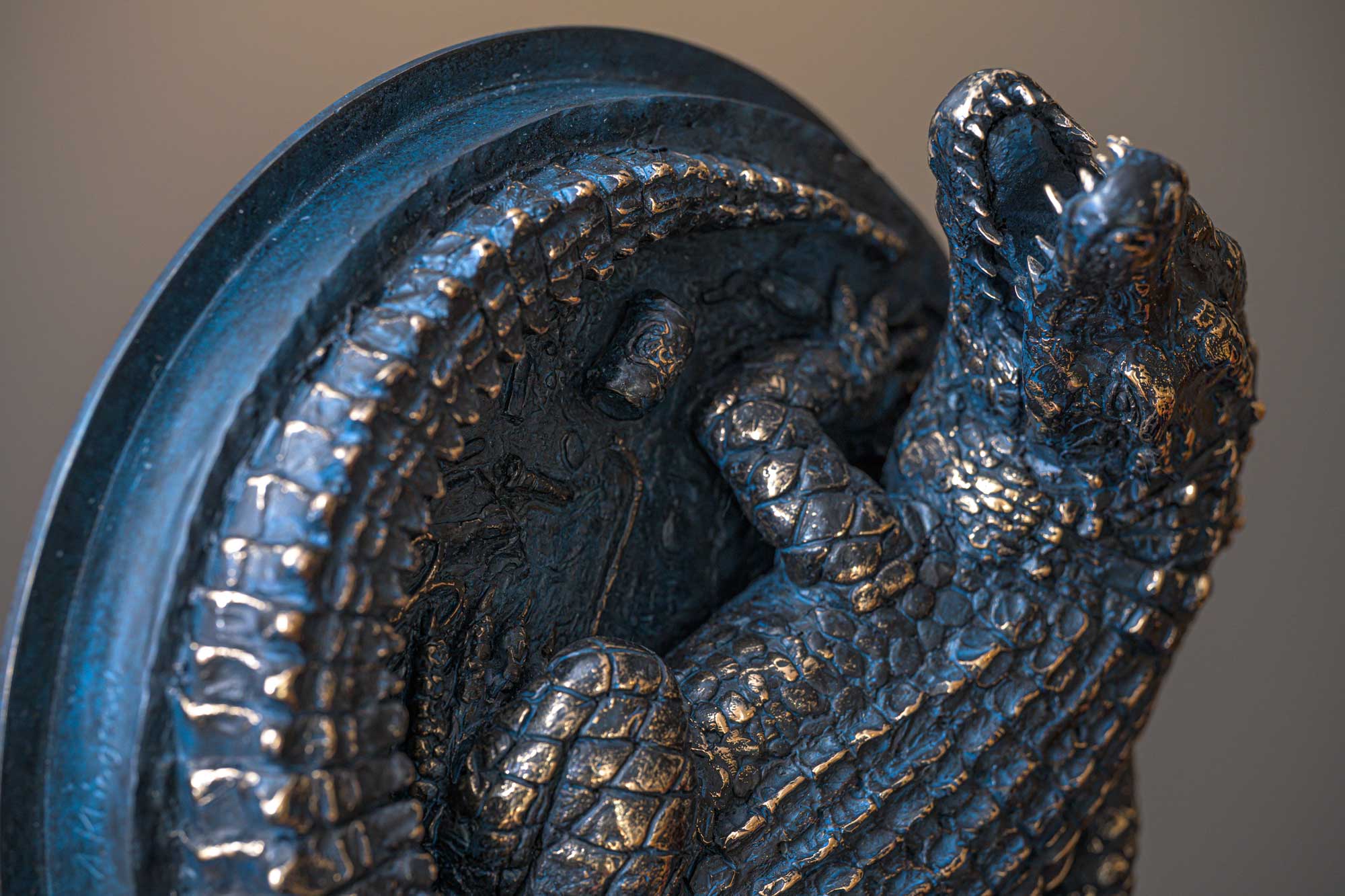
"Nude XLV"
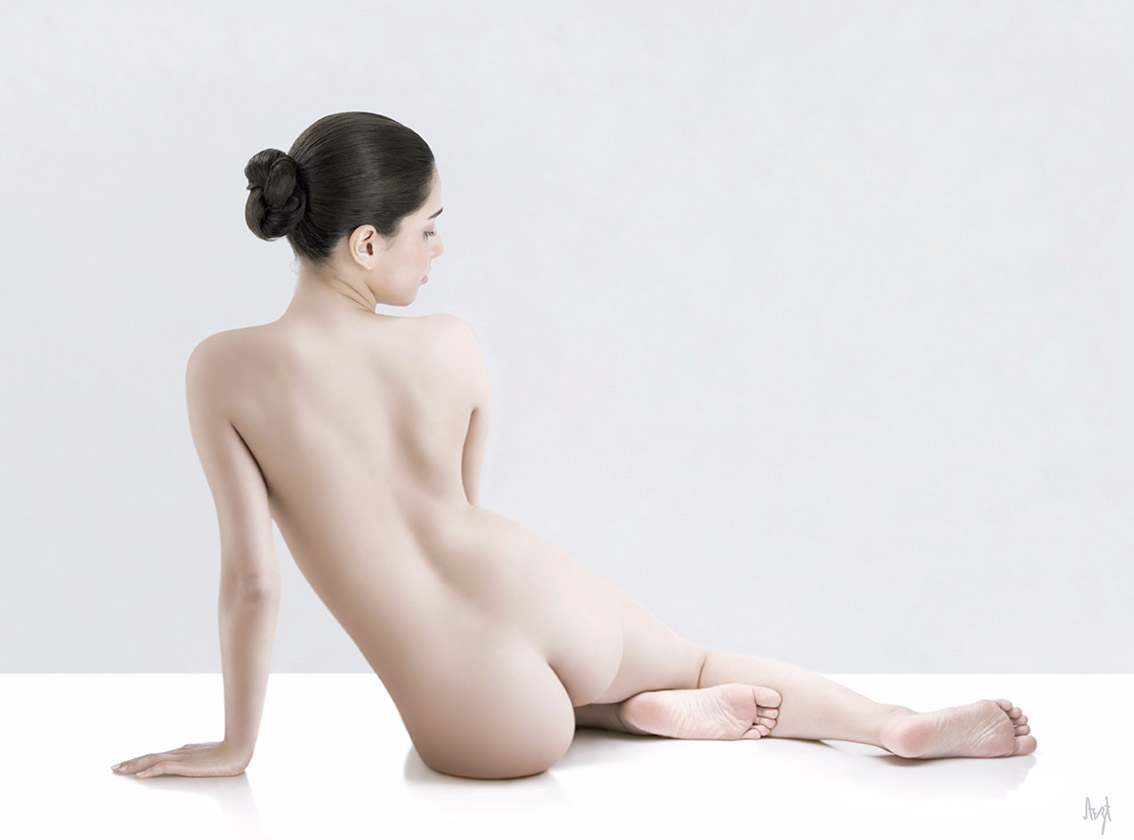
"Drapped in Red"
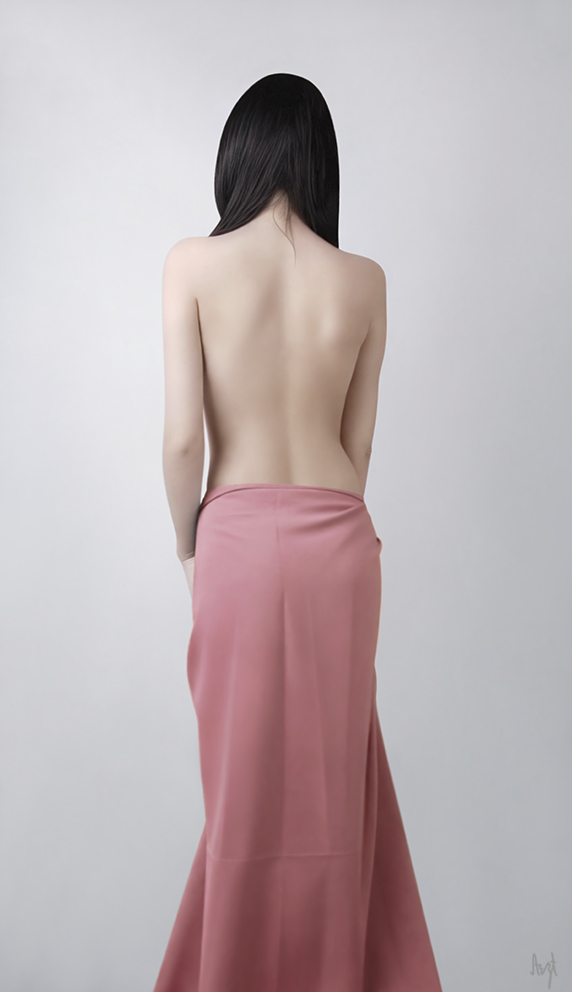
"Face XII"
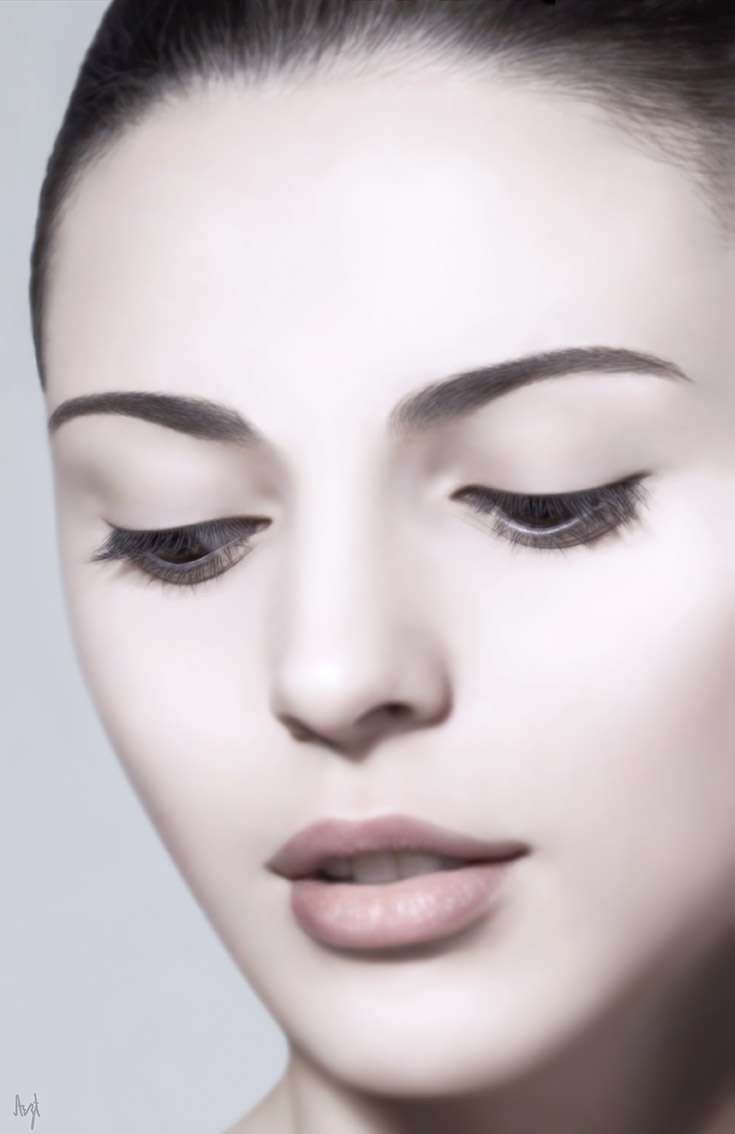
"the Cousins"

"Cigarettrökerska II"
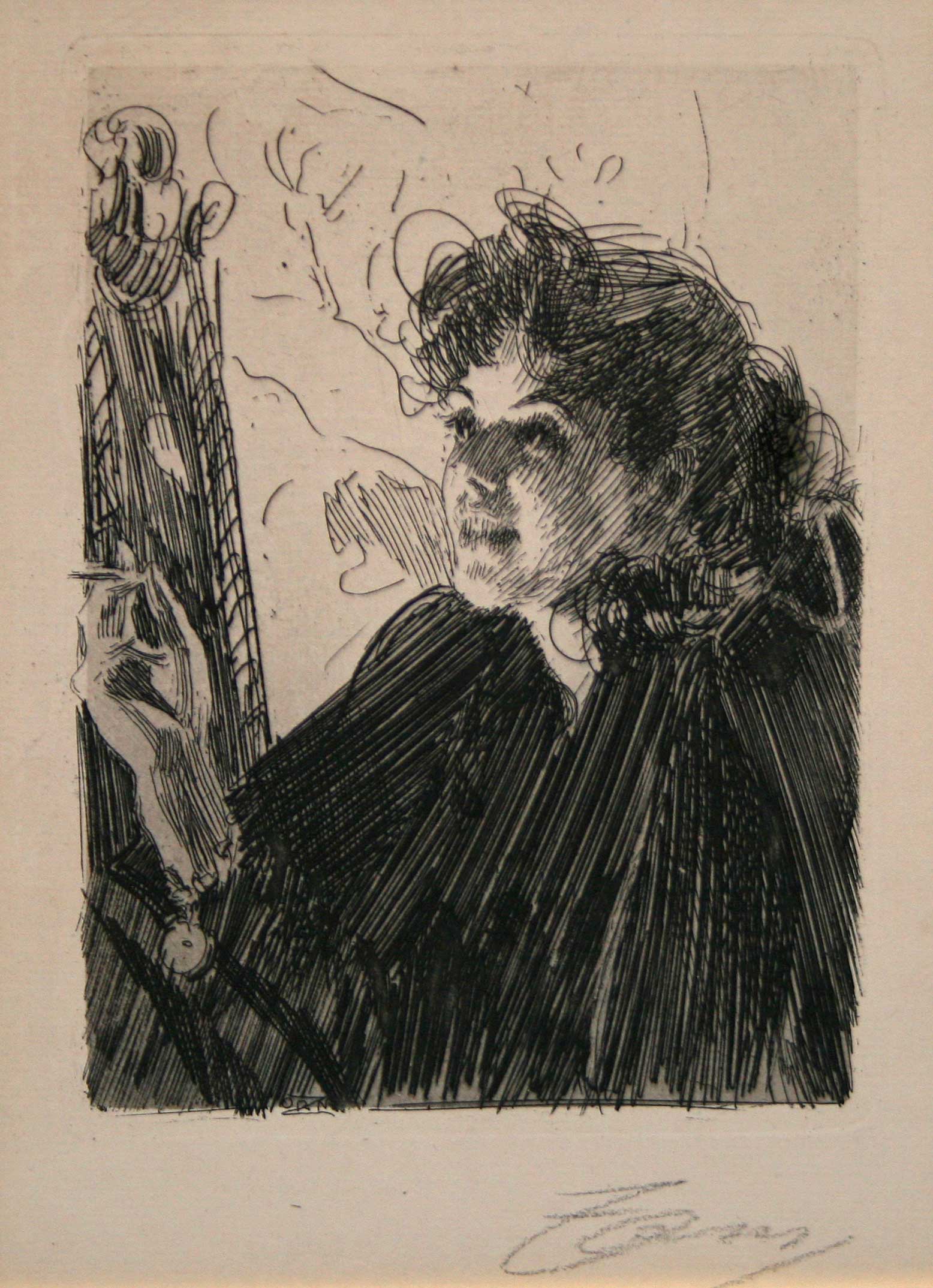
"Axel Herman Hägg III"
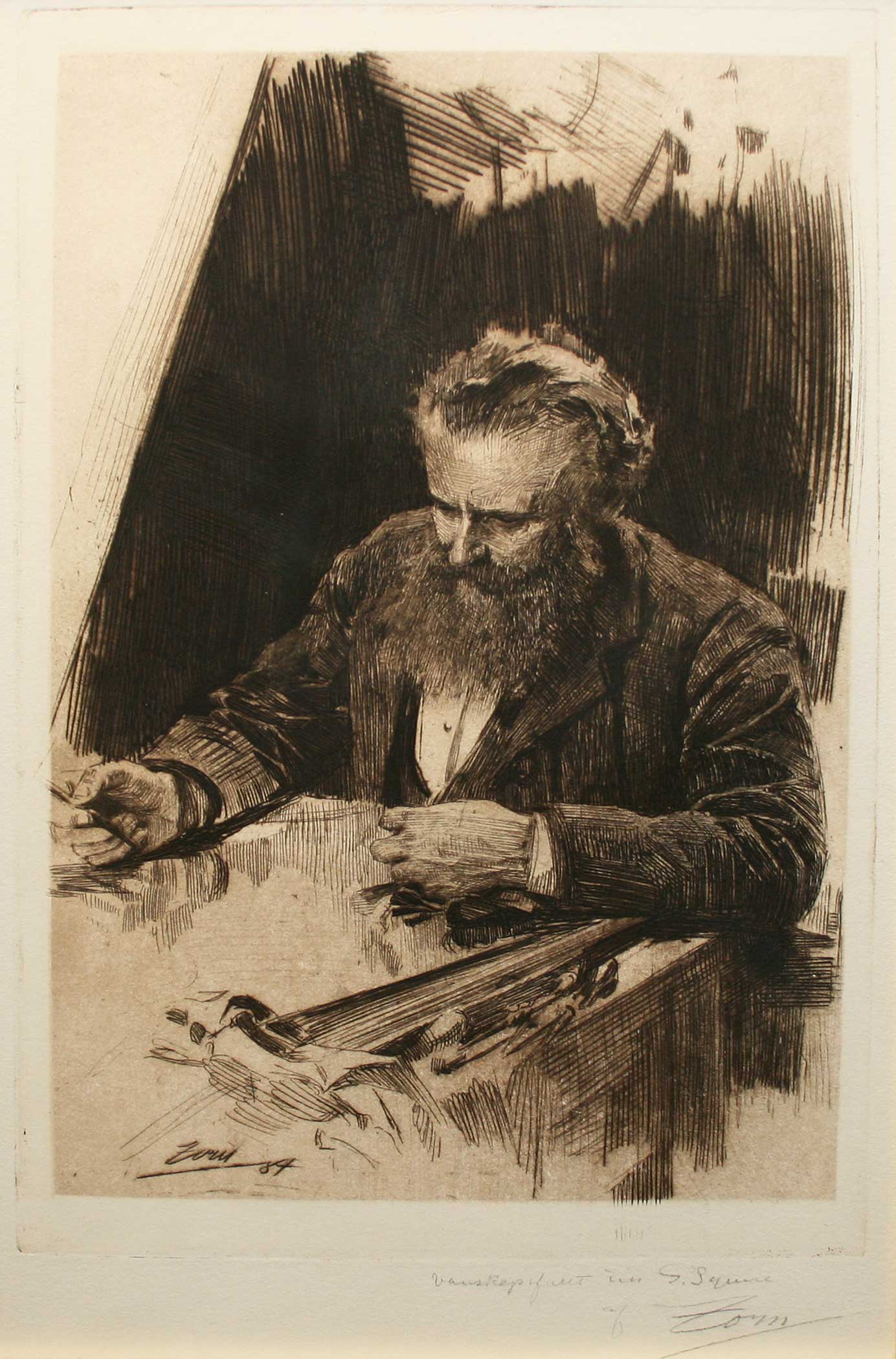
"Last years model"
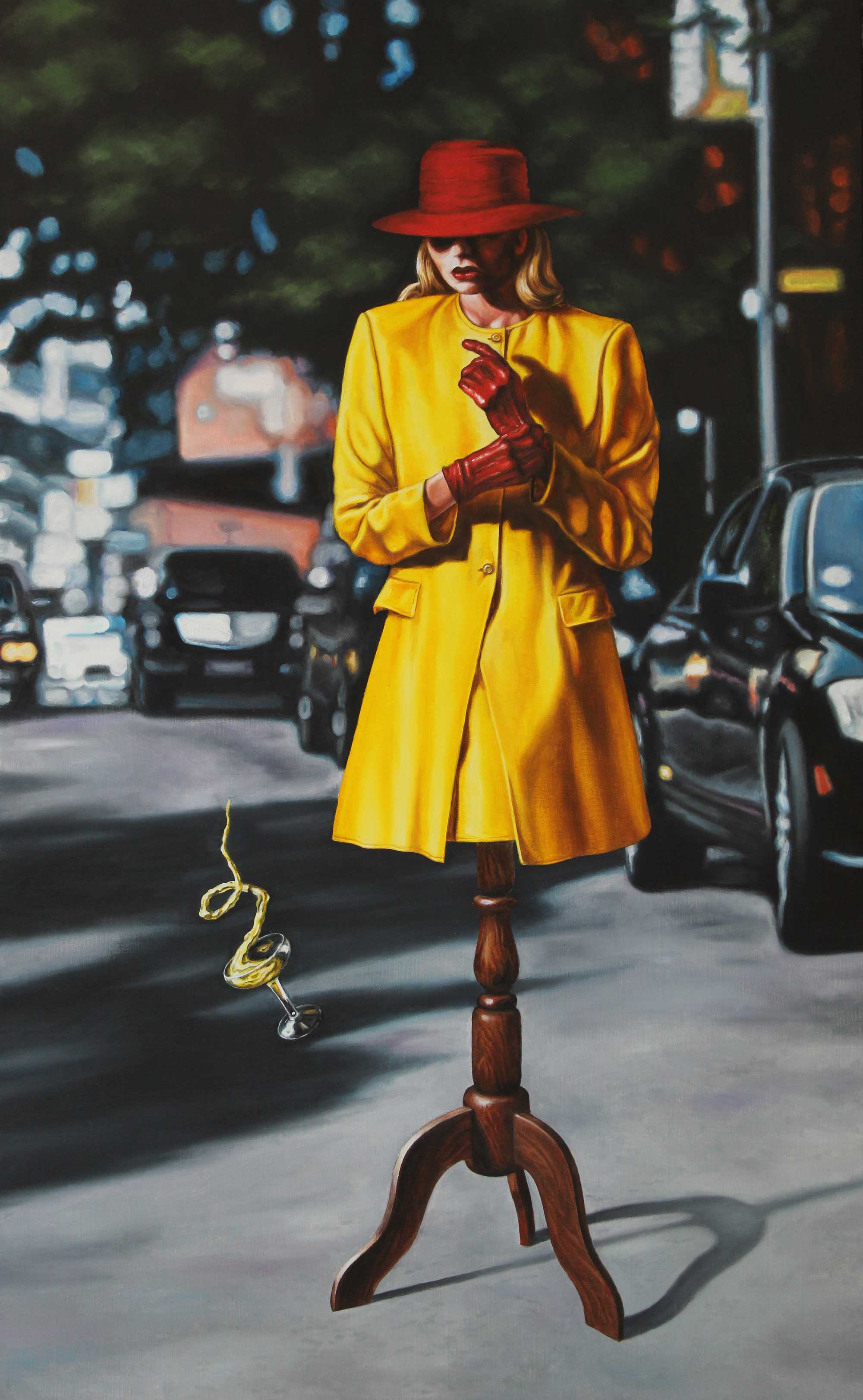
"Gallows Humour"
